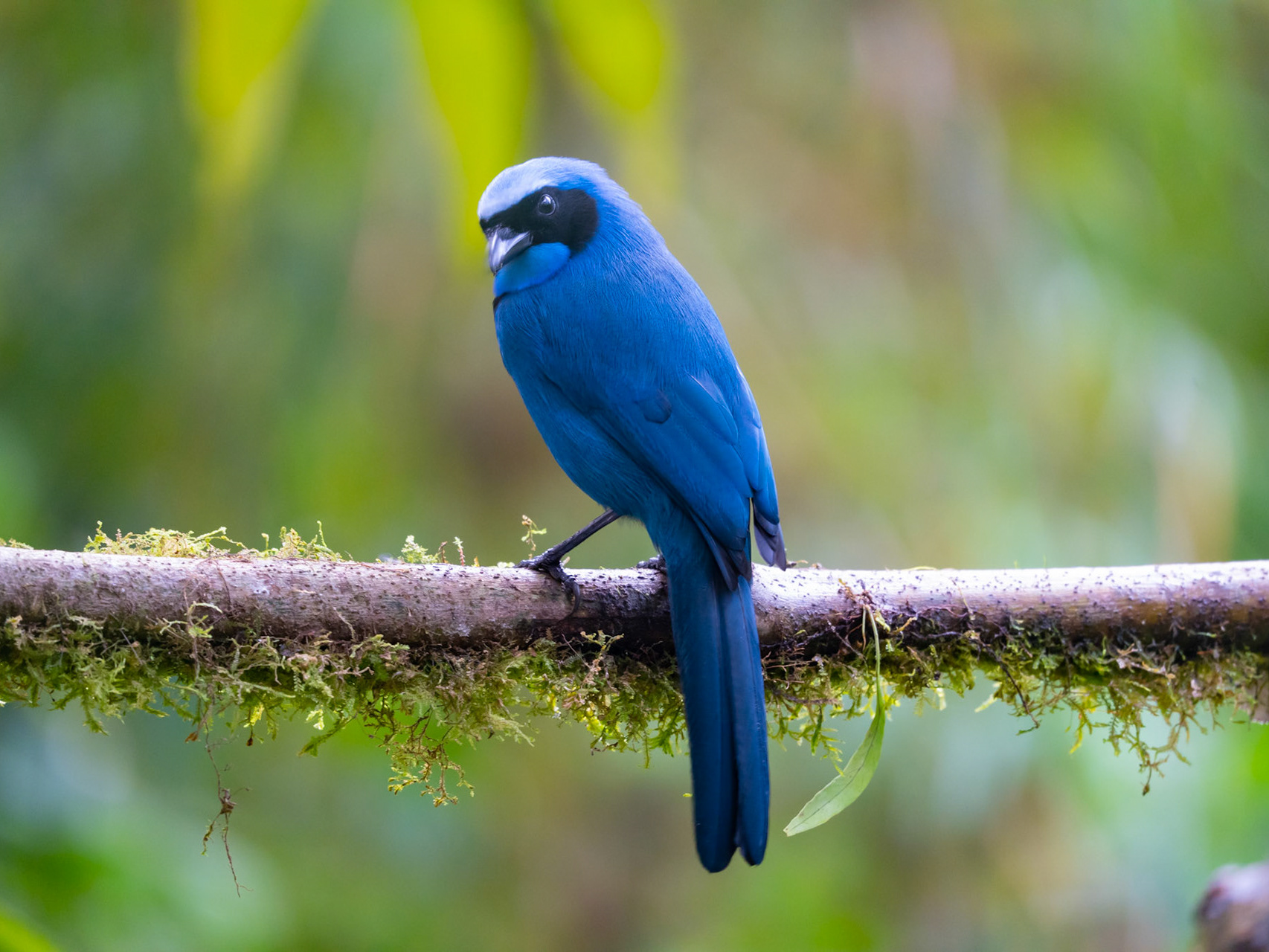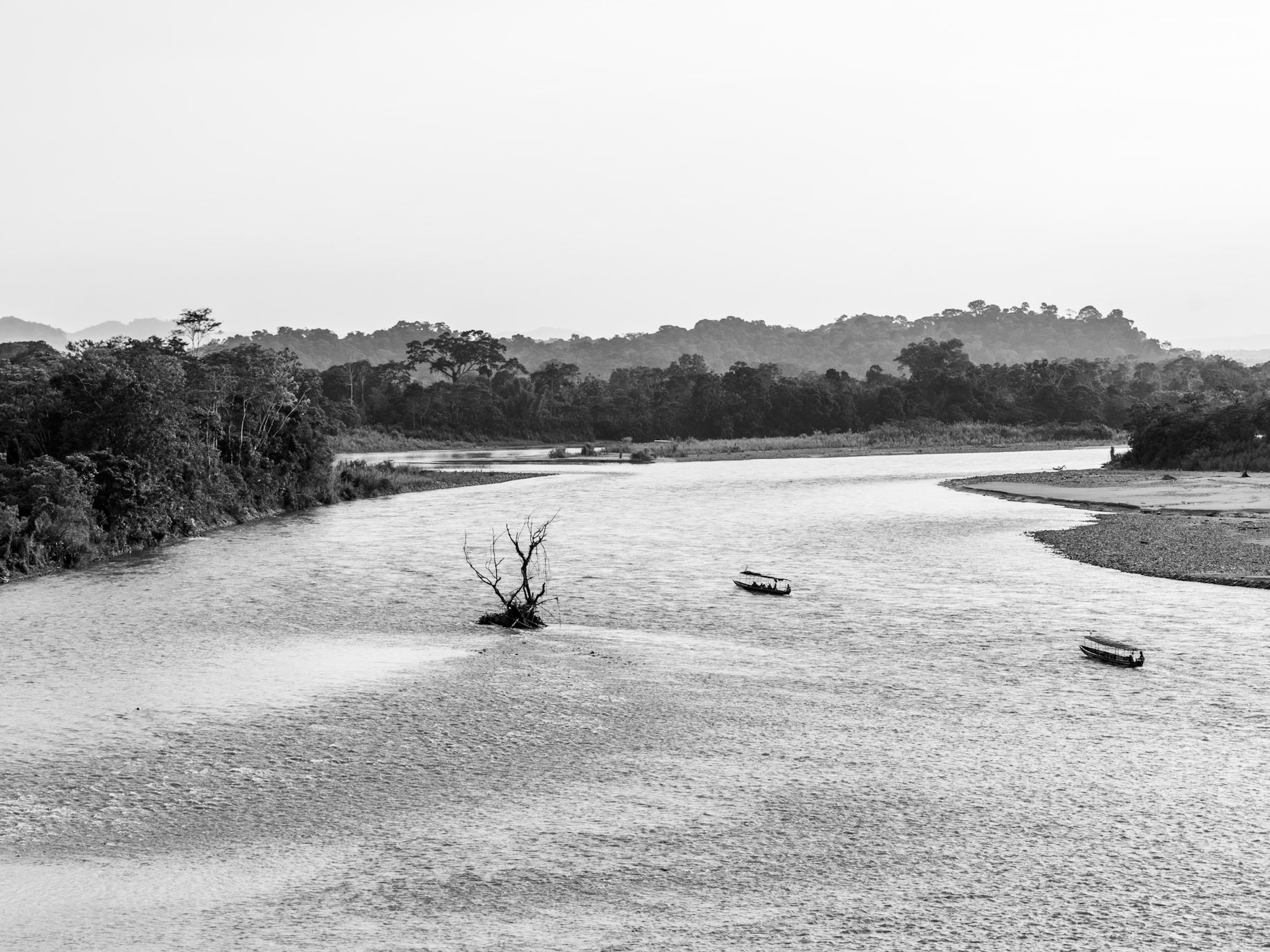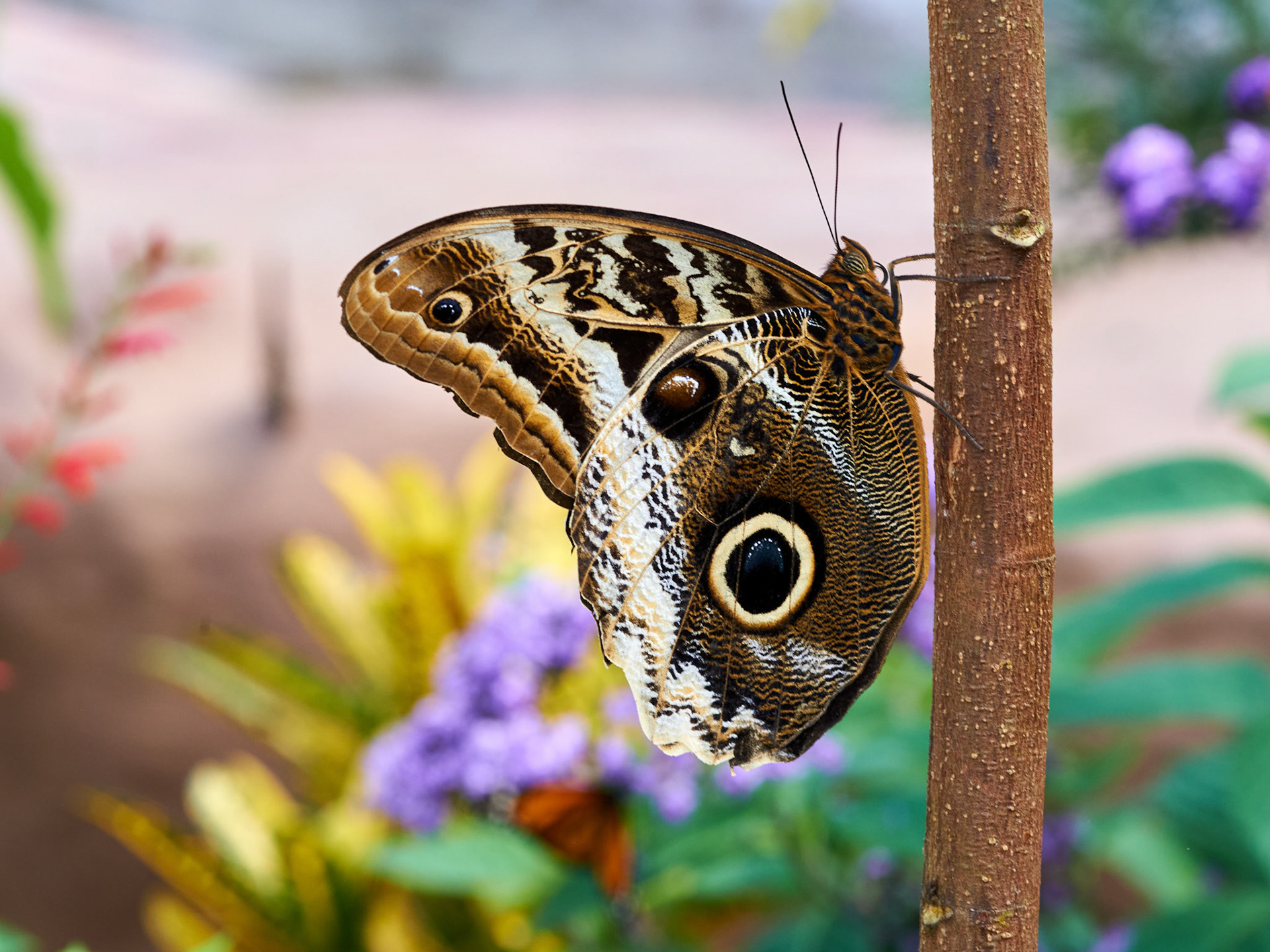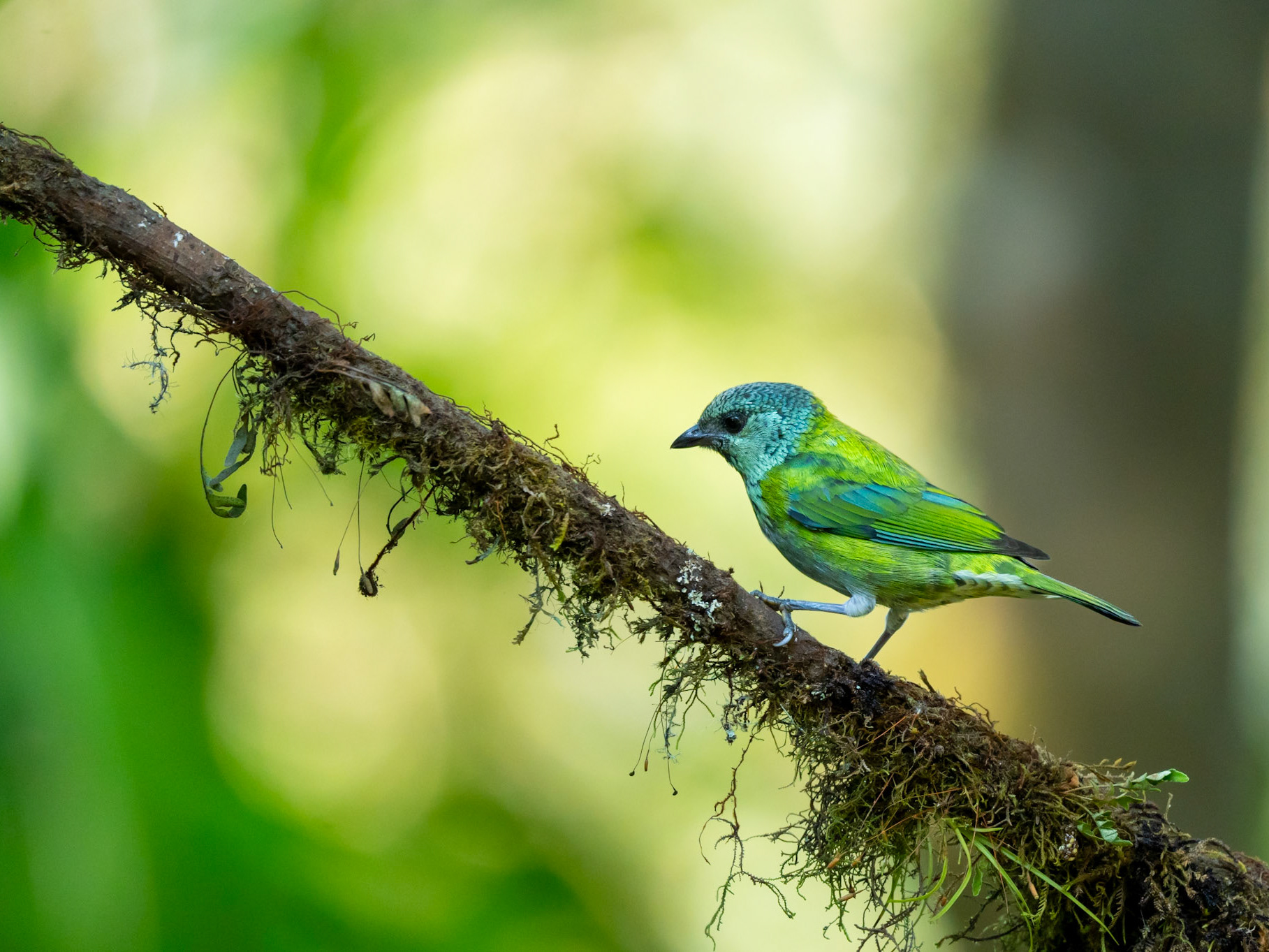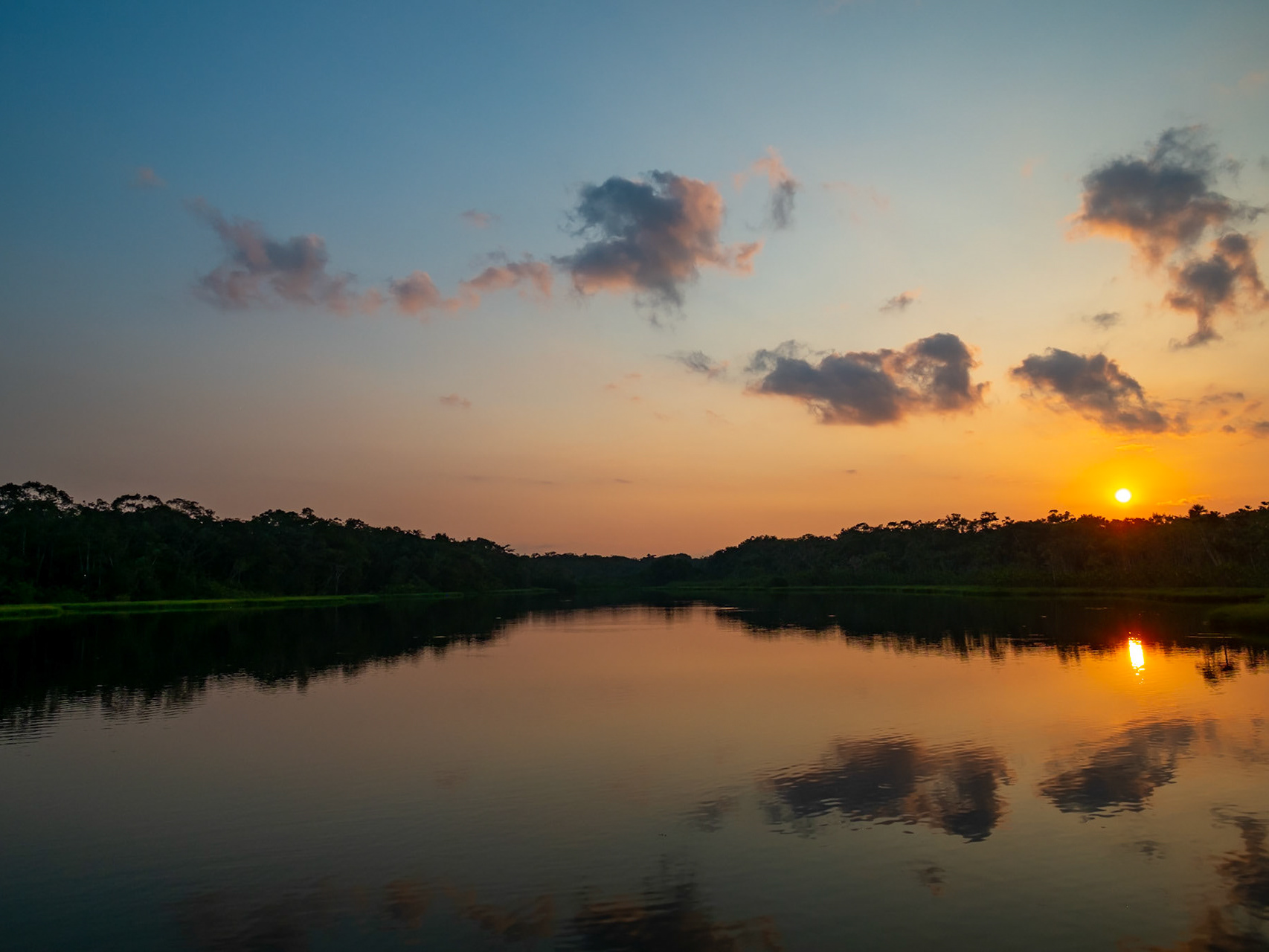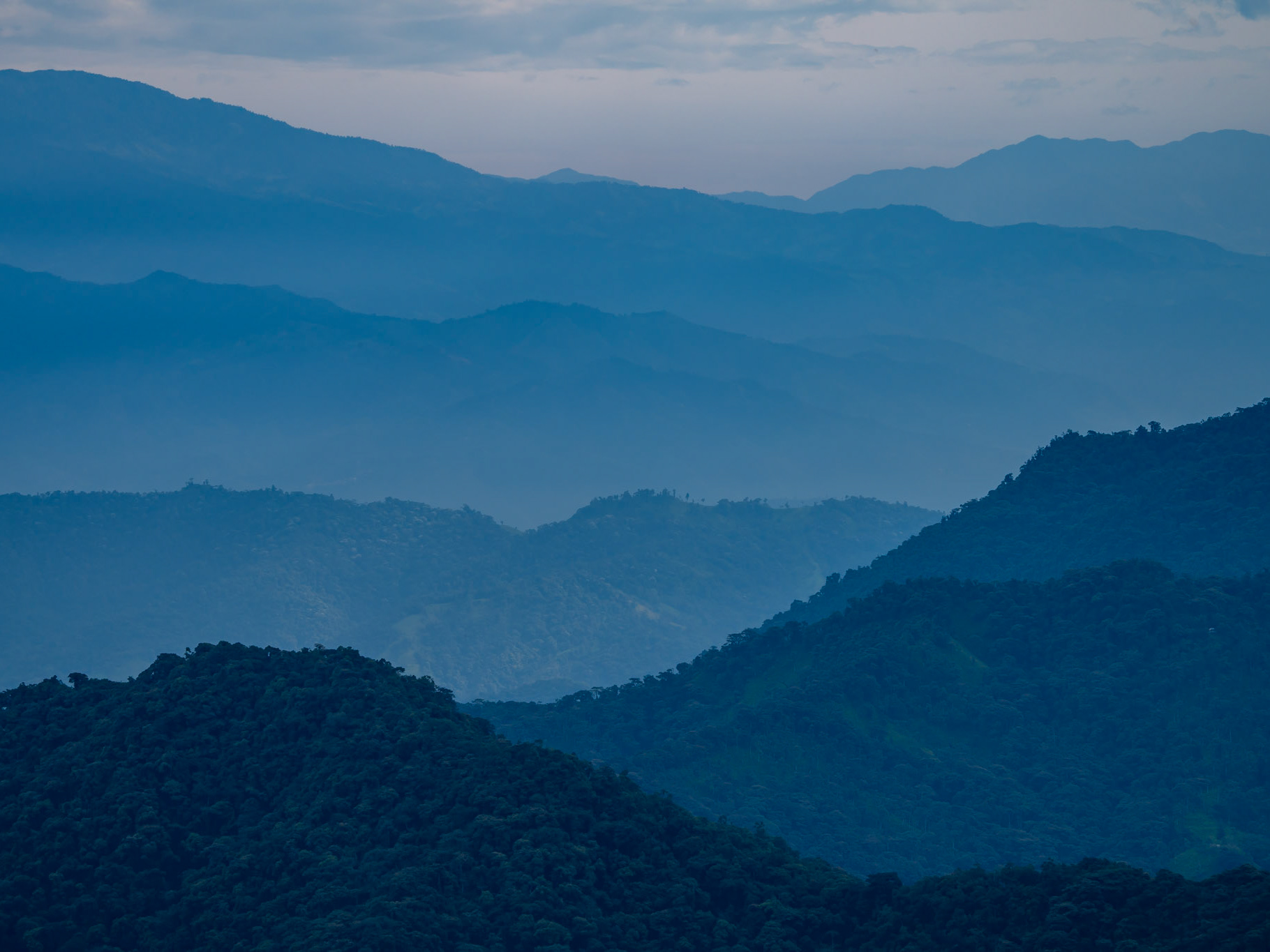Hidden Birding Sanctuary
The San Isidro Lodge is located near the town of Cosanga, two hours away from Quito heading east. This is a birding paradise that will surprise you in many ways.
Cosanga is a small town in the Amazonian province of Napo in Ecuador. Located in the foothills of the Andes, it is an important gateway to the heart of the Amazon rainforest.
The town of Cosanga is home to a number of indigenous communities, and the area is renowned for its rich biodiversity. The surrounding forests are home to a variety of wildlife, including monkeys, sloths, toucans, and other birds. Jaguars, ocelots, and other cats are also occasionally seen. The forests of Cosanga are also home to a variety of plants, including medicinal plants and fruits.
Cosanga is a unique place to explore the diversity of wildlife in the Amazon. It is an ideal destination for nature lovers, providing a unique opportunity to observe the wonders of the Amazon rainforest.

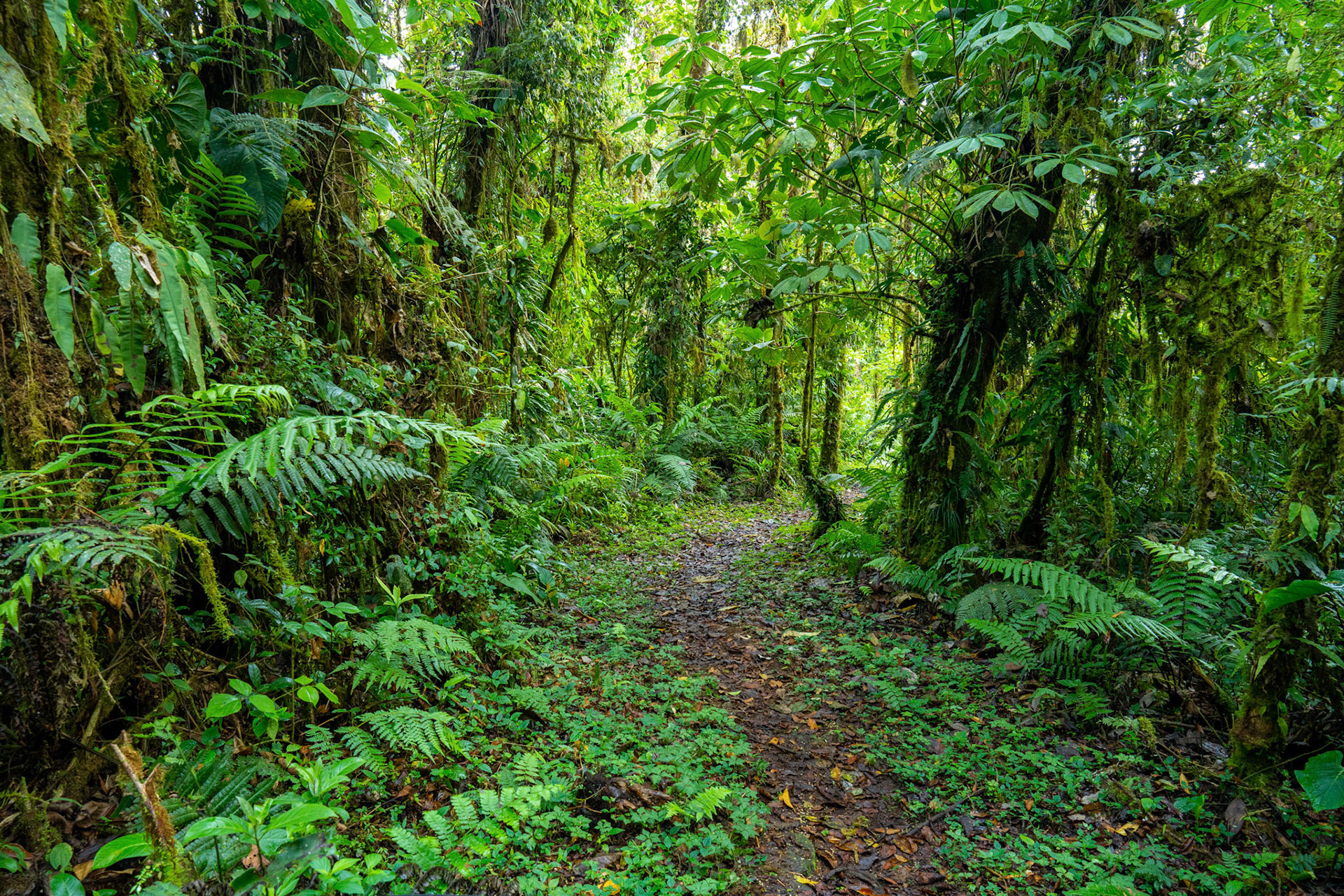
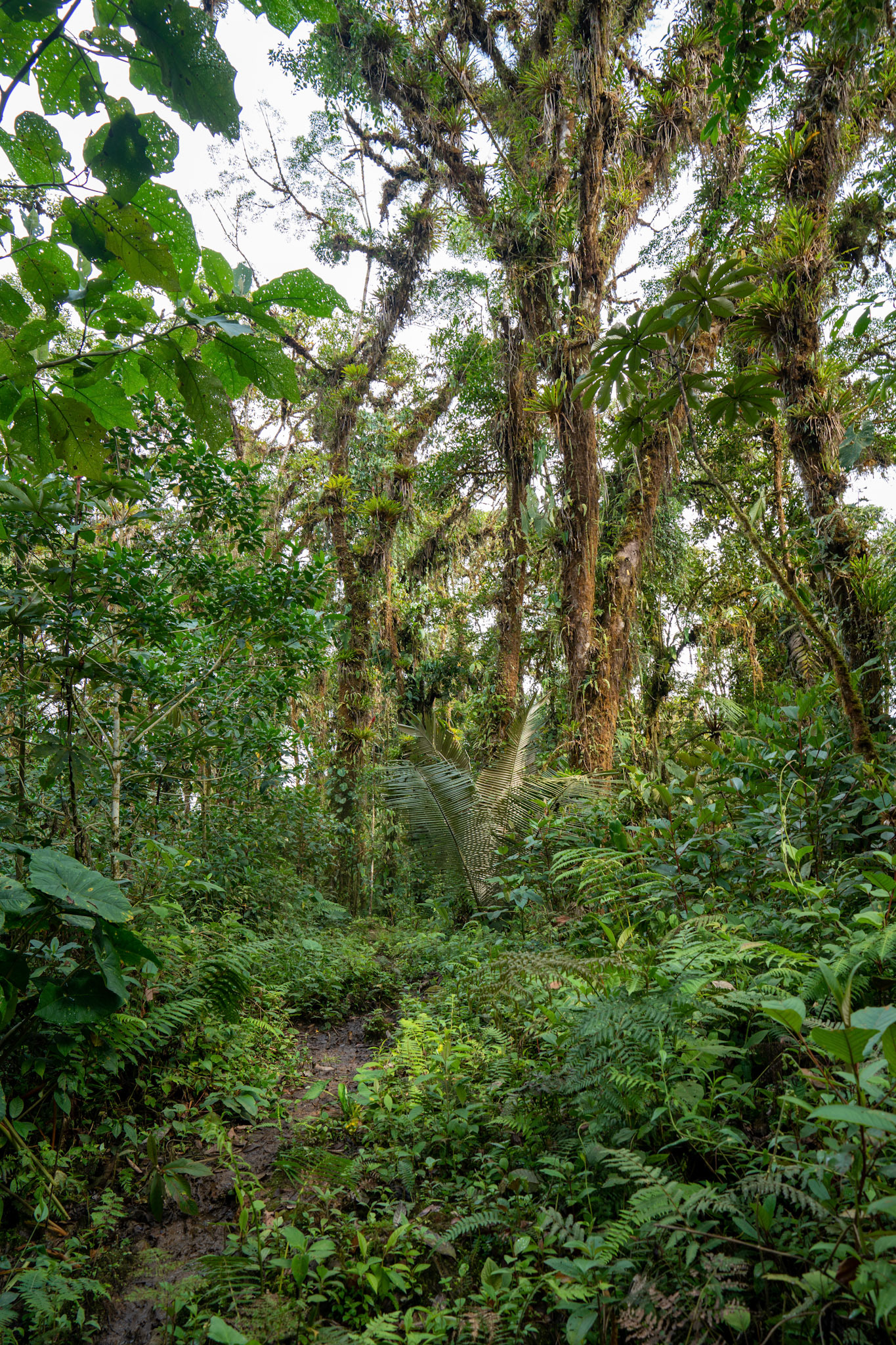
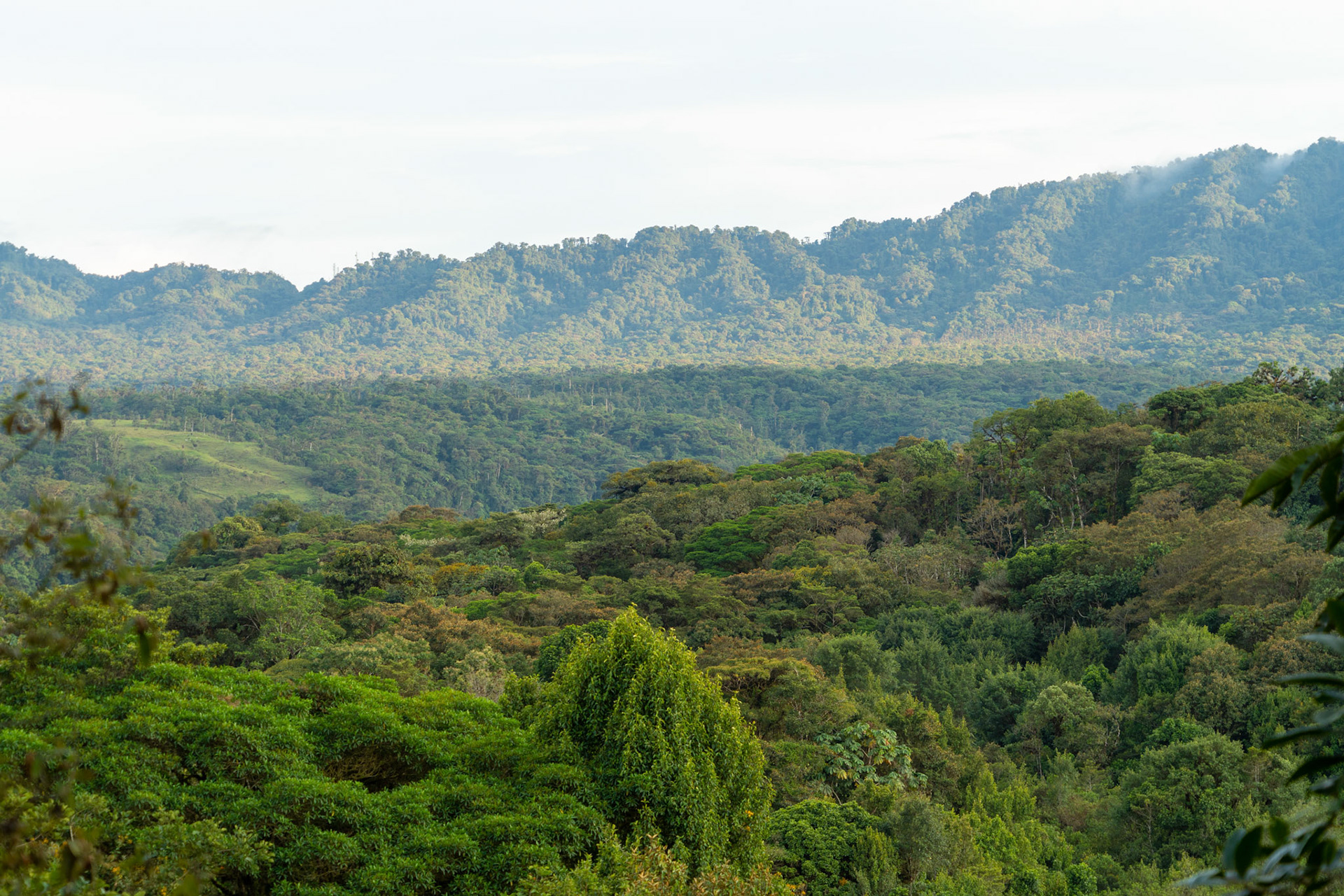
San Isidro Cloud Forrest
Sony A7 IV with Sony 24-240 mm. F3.5-6.3
Sony A7 IV with Sony 24-240 mm. F3.5-6.3
Location
Sub-Tropical Cloud Forrest
Compared to Mindo, I find San Isidro more pleasant due to the fact that there's much less population in the area... The weather is slightly colder.
The area is characterized by its thick, humid, and dense vegetation and is one of the most important areas of biodiversity in the country. The Cosanga Cloud Forest is home to a variety of wildlife, including over 600 species of birds, amphibians, and mammals. The area is also home to several indigenous communities, who are dependent on the forest for their livelihood. The Cloud Forest is an important source of fresh water for the region and acts as a natural carbon sink, helping to regulate the local climate. The area is also a popular destination for ecotourism, with visitors able to experience the unique flora and fauna.

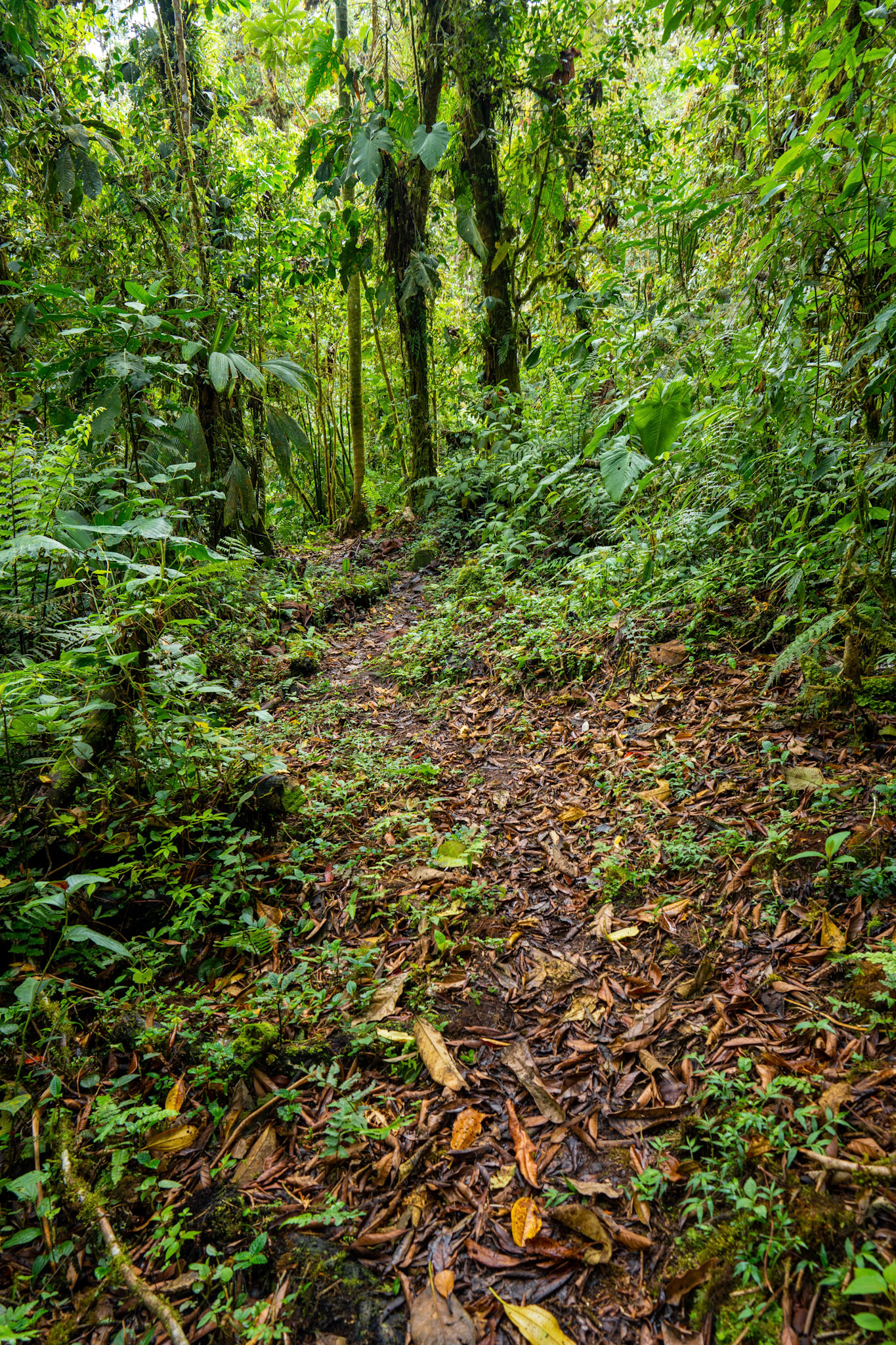
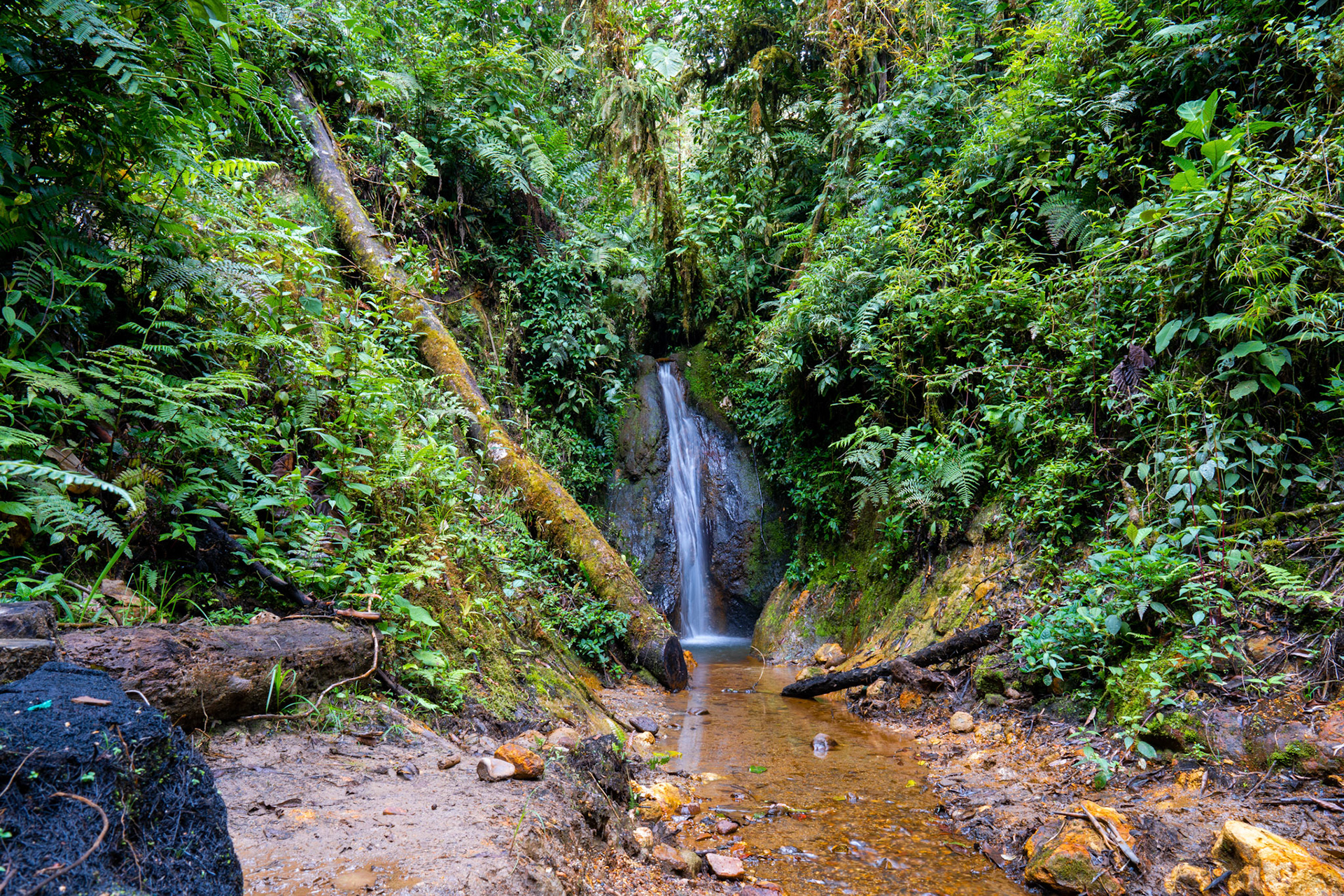
Cosnanga Cloud Forrest
Sony A7 IV with Sony 24-240 mm. F3.5-6.3
Sony A7 IV with Sony 24 mm. F1.4 GM
Sony A7 IV with Sony 24-240 mm. F3.5-6.3
Sony A7 IV with Sony 24 mm. F1.4 GM
Birds of San Isidro
The surroinding forrest Cosanga can be considered as birding hot-spot. Some of the most common species are: Blackburnian Warbler, Canada Warbler, Cinnamon Flycatcher, Golden-crowned Flycatcher, Masked Trogon, Montane Woodcreeper, Mountain Wren, Pale-edged Flycatcher, Rusted-backed Oropendola, Scarlet-rumped (Subtropical) Cacique, Slate-throated Redstart (Whitestart), Slaty Spinetail, Smoke-colored Pewee, Summer Tanager, Swainsons Trush. Also, many varieties of hummingbirds can be seen around the feeders, the most common ones are the Chestnut Breasted Coronet and the Fawned-breasted Brilliant.
Chestnut Breasted Coronet
Sony A7 IV with Sony 200-600 mm. F5.6-6.3 G
Sony A7 IV with Sony 200-600 mm. F5.6-6.3 G
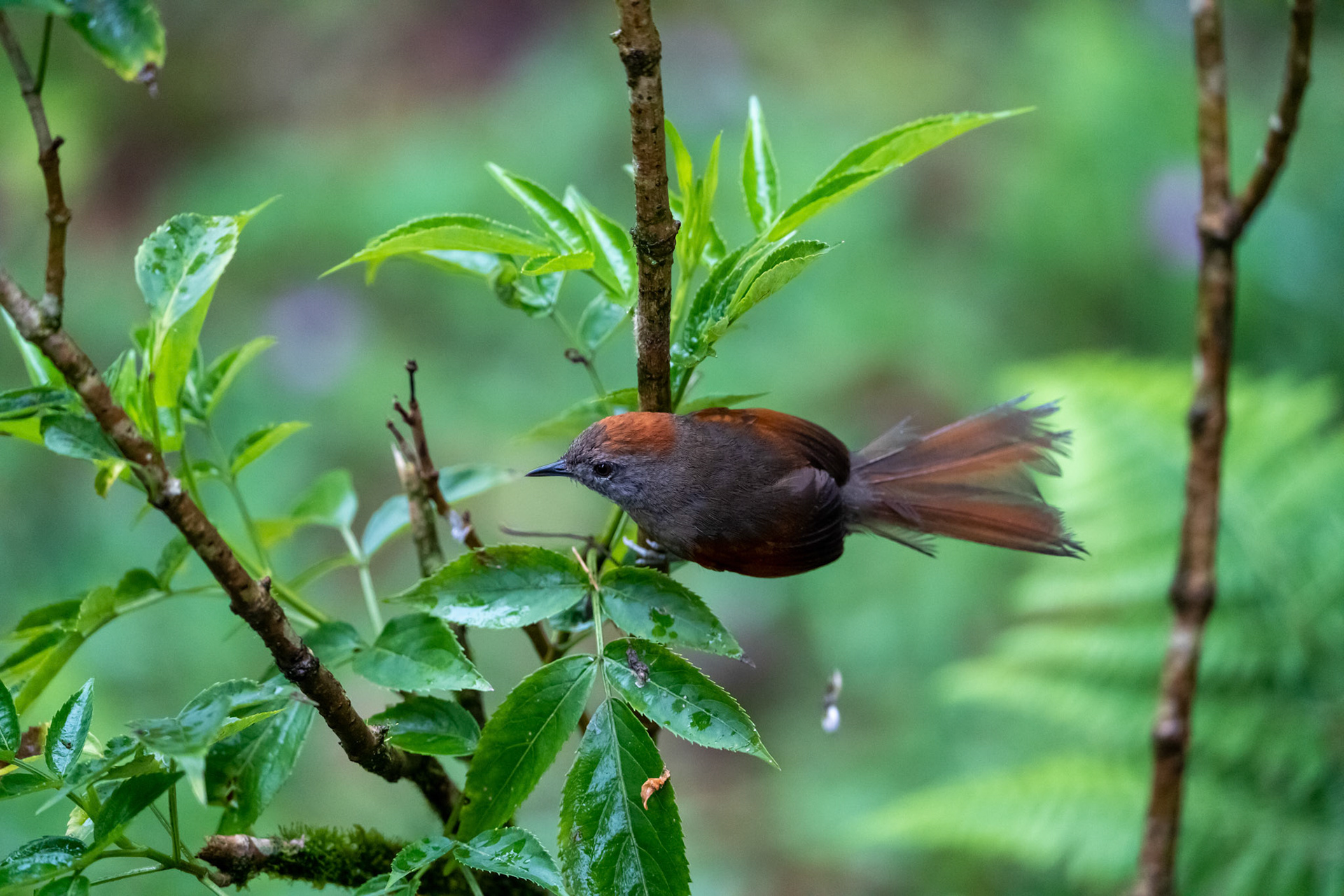
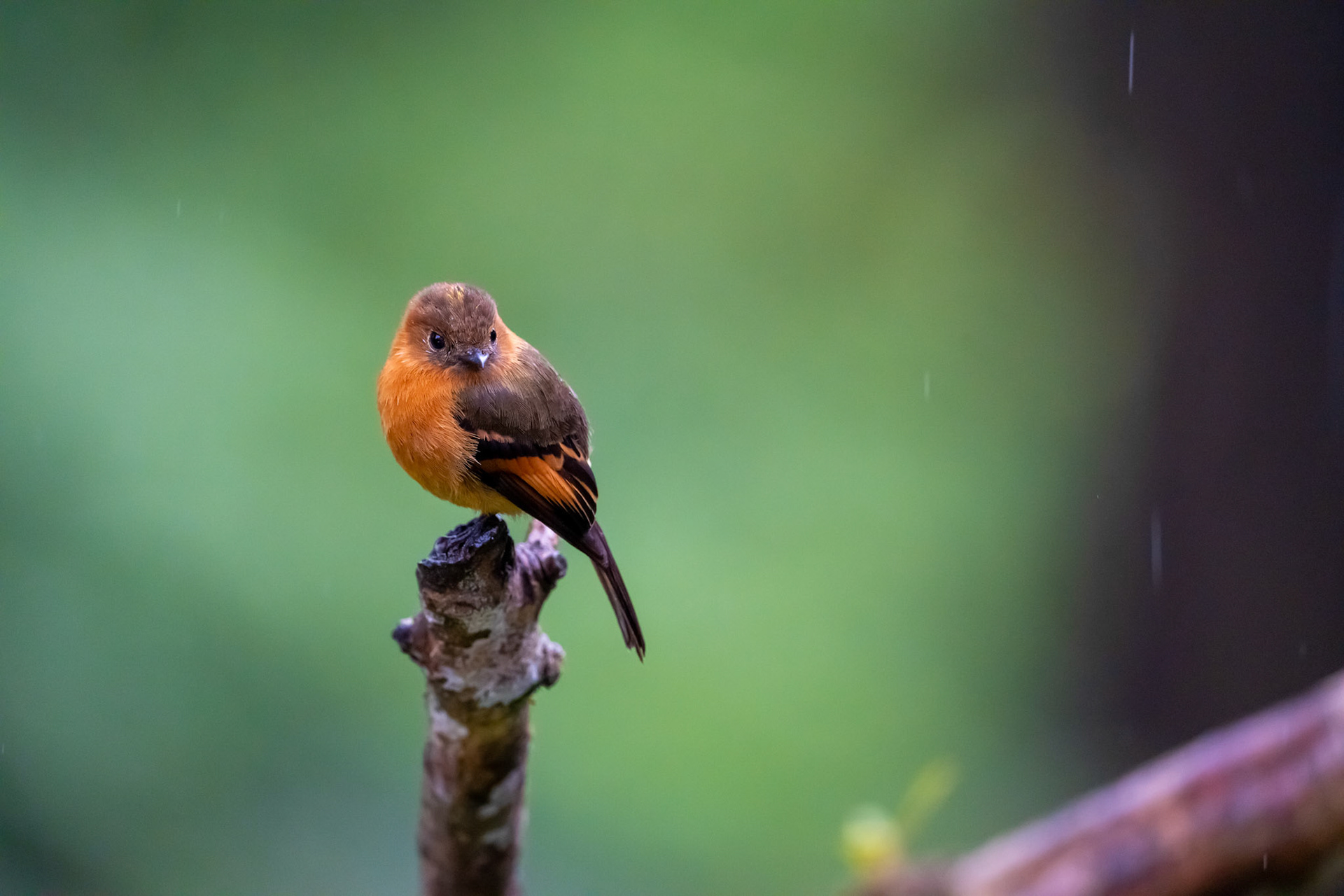
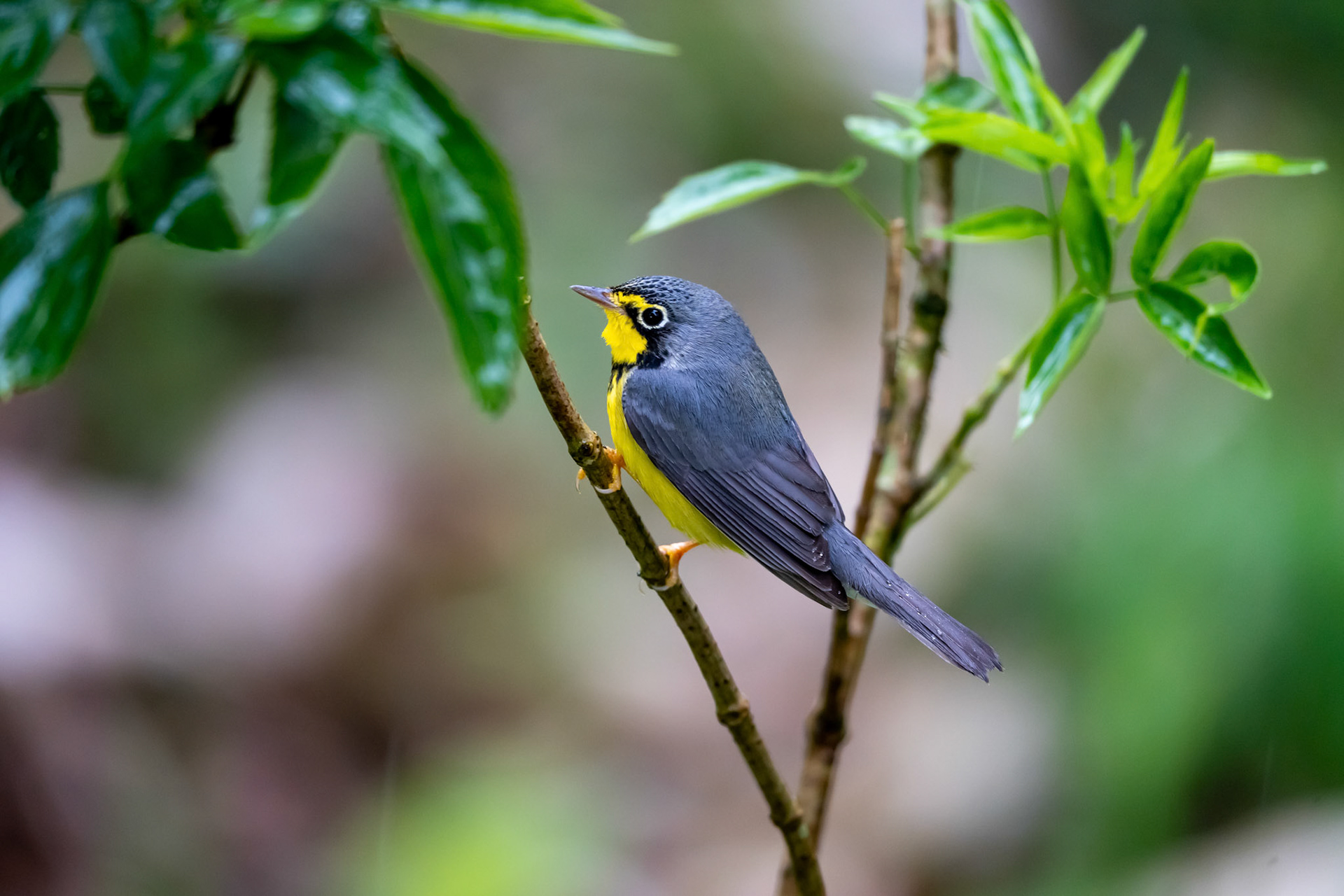
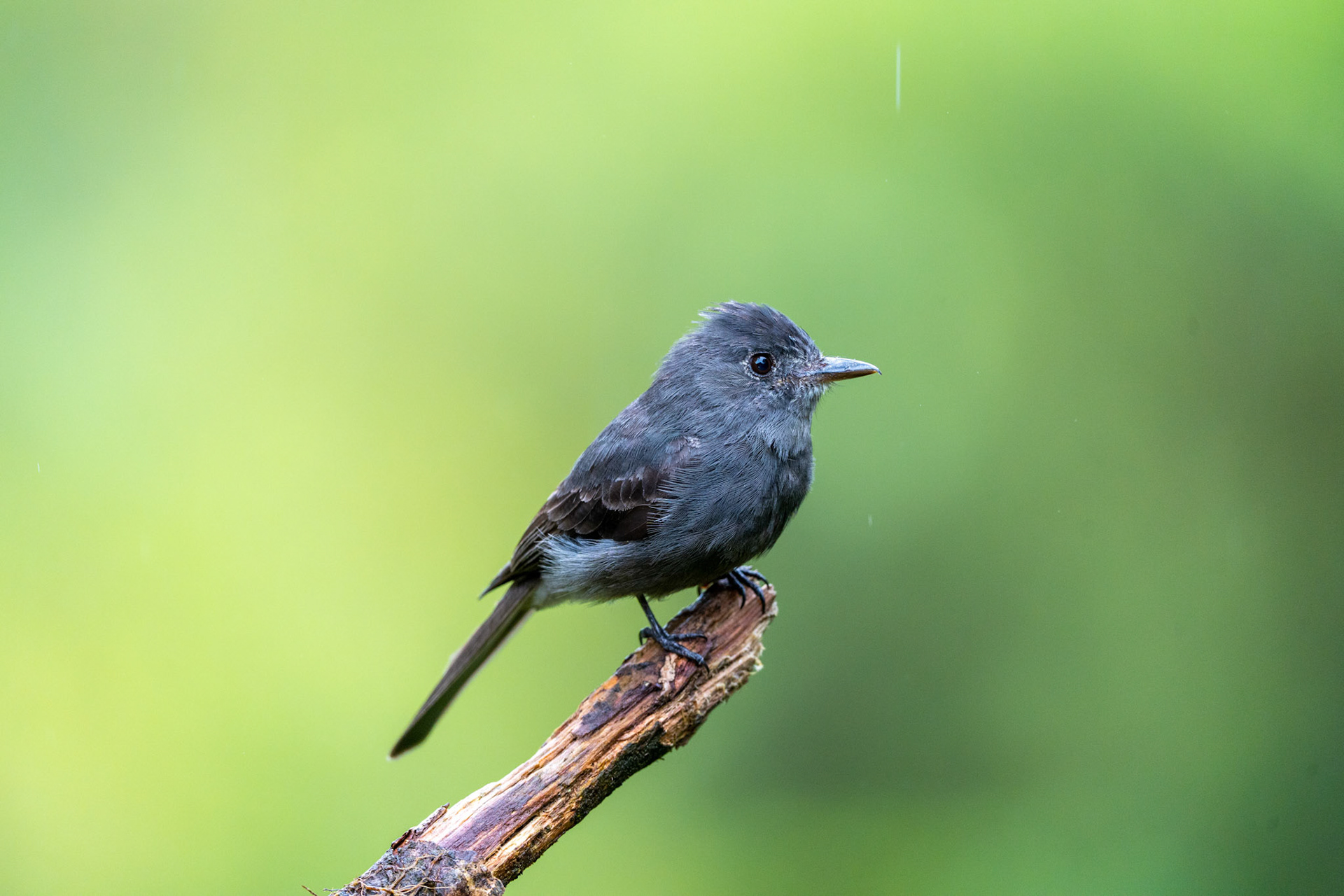
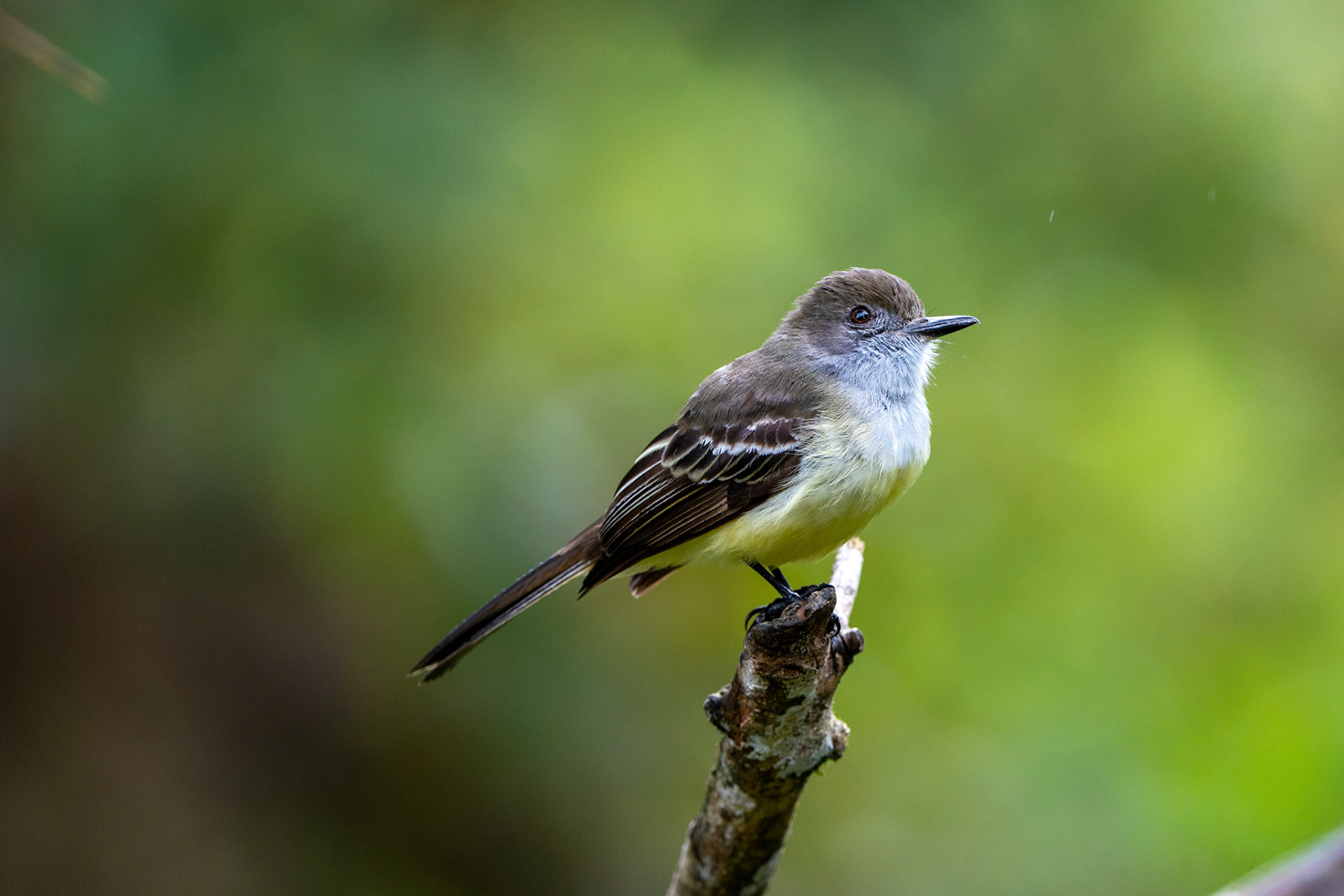
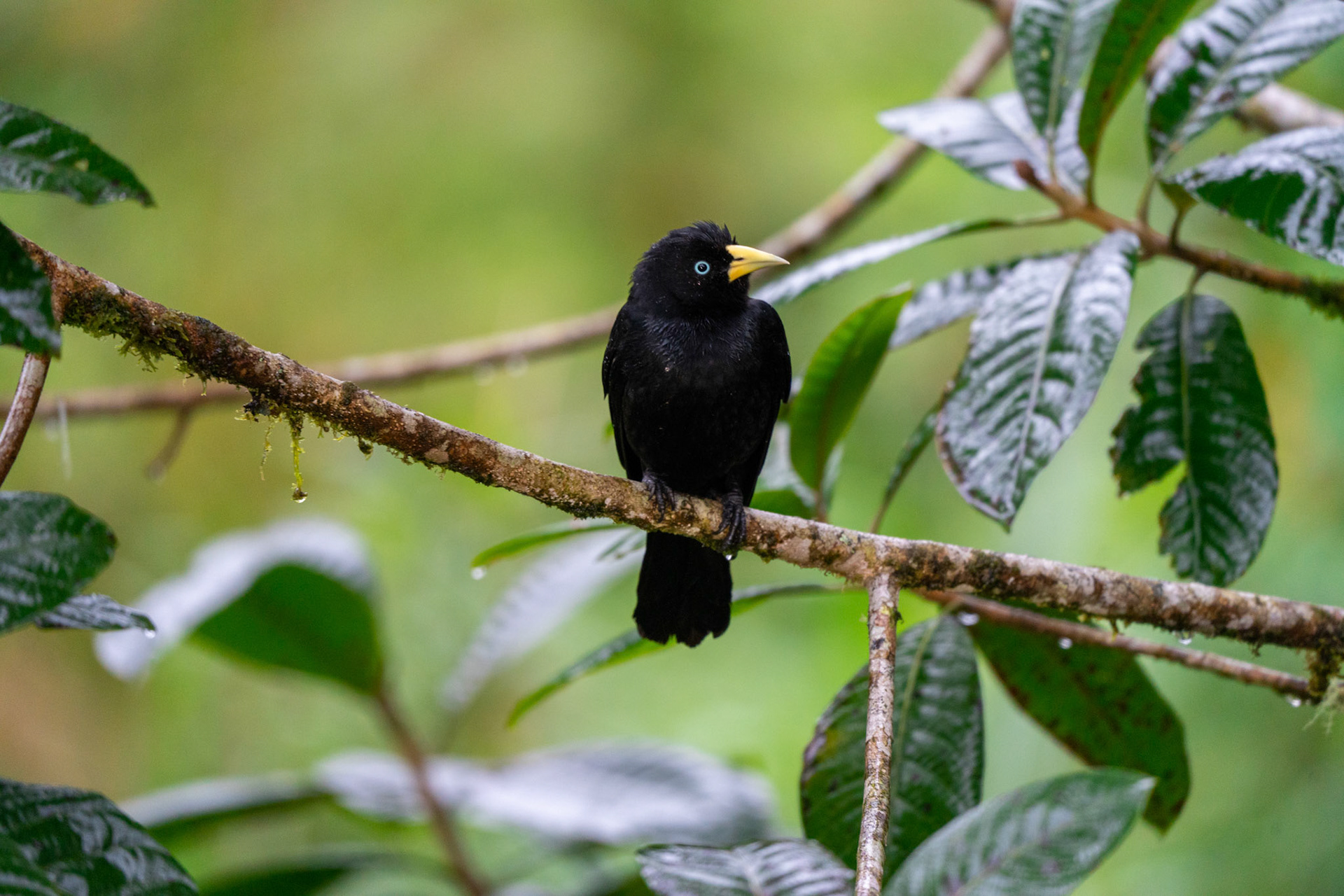
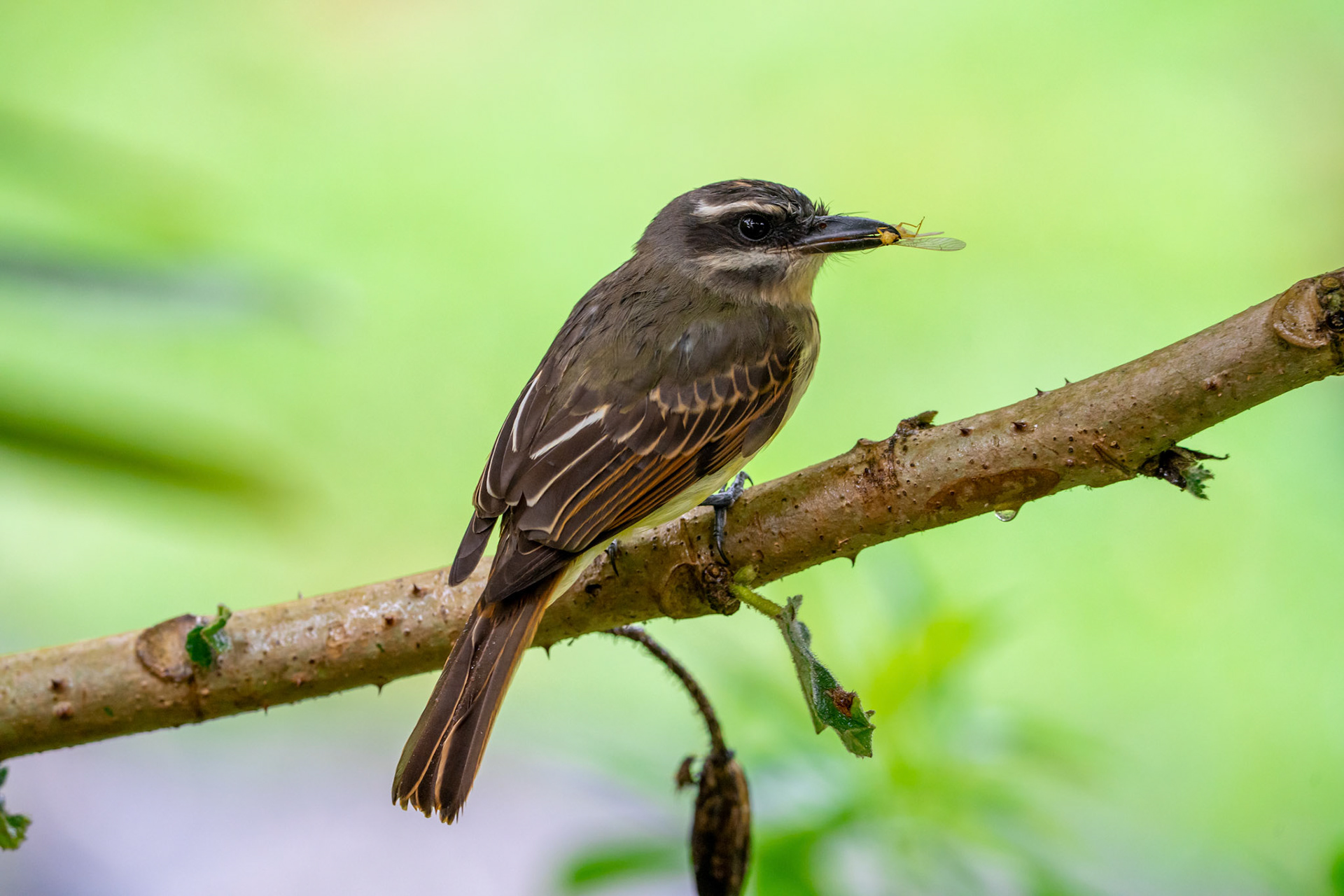
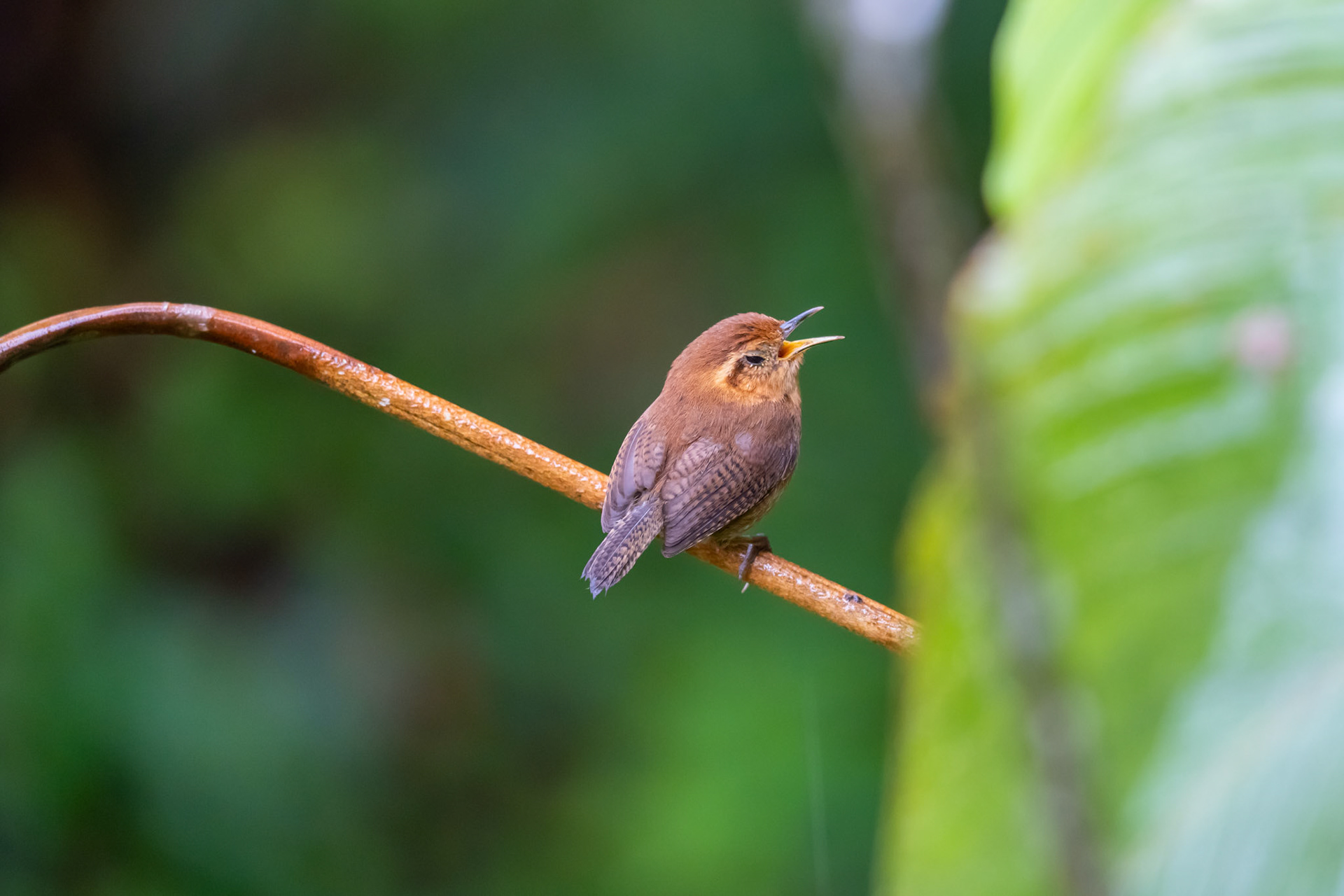
Birds from San Isidro
Sony A7 IV with Sony 200-600 mm. F5.6-6.3 G
Sony A7 IV with Sony 200-600 mm. F5.6-6.3 G
Green Inca Jay
The Green Inca Jay is a species of bird found in the forests of Central and South America. It is a medium-sized bird, measuring up to 12 inches in length. It is distinguished by its bright green and black plumage, and its distinctive crest. This bird is an omnivore, and its diet consists of fruits, insects, and small vertebrates. It is a social bird, often seen in small flocks of up to 20 individuals.
The Blue Inca Jay is a threatened species due to habitat loss, and it is listed as Vulnerable on the IUCN Red List. It is protected in a number of national parks, and conservation efforts are underway to help ensure its survival.

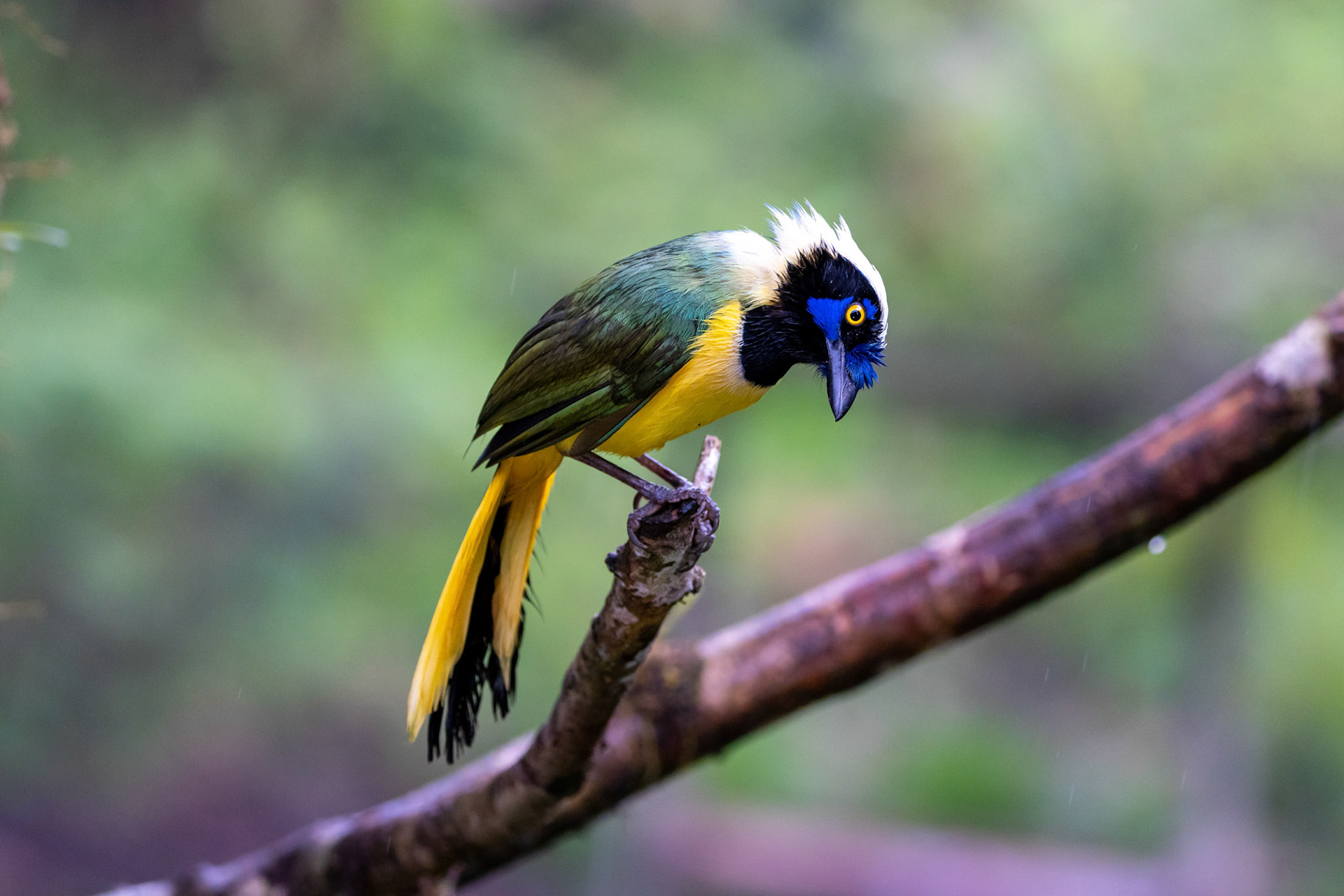
Green (Inca) Jay
Sony A7 IV with Sony 200-600 mm. F5.6-6.3 G
Sony A7 IV with Sony 200-600 mm. F5.6-6.3 G
Summer Tanager
Adult males are completely red; immature males are dull yellow with red patches. Females are variable, ranging from pale yellow to bright orange. In both sexes, note the longer, paler bill than Scarlet Tanager. Breeds in forested areas, ranging from pine-oak forests in the southeastern United States to riparian corridors in northern Mexico and western U.S. Winters in Central and South America.
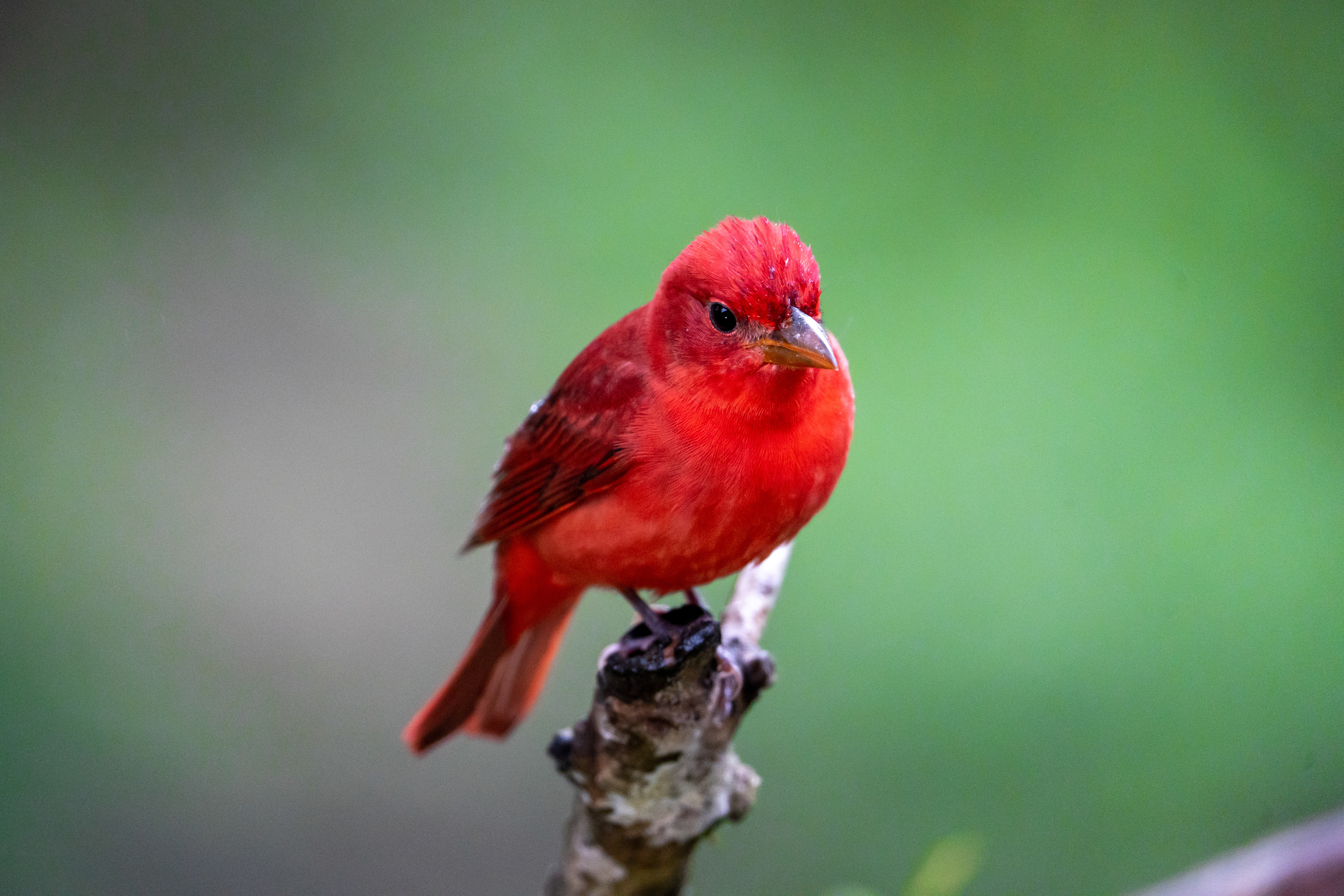
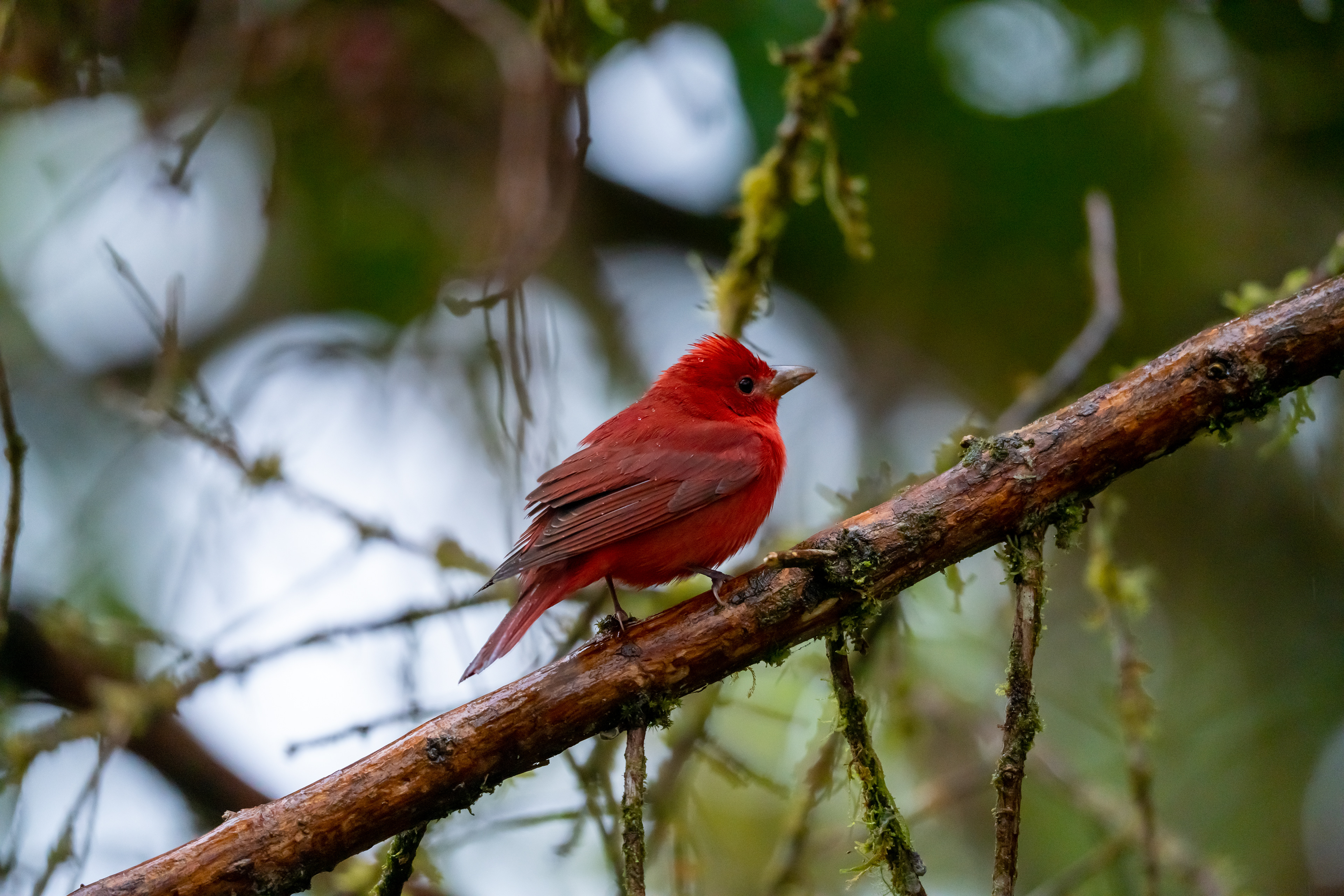
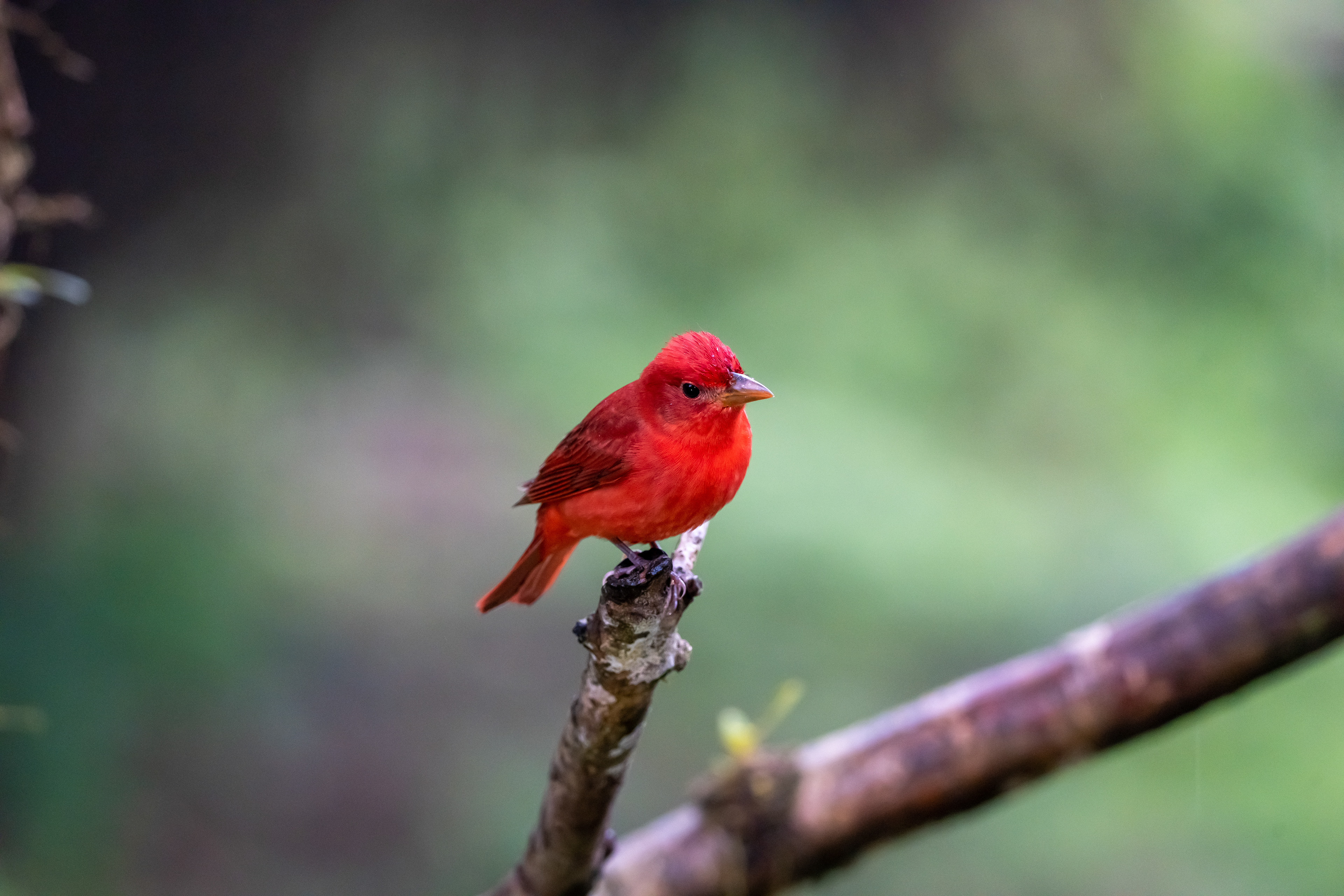
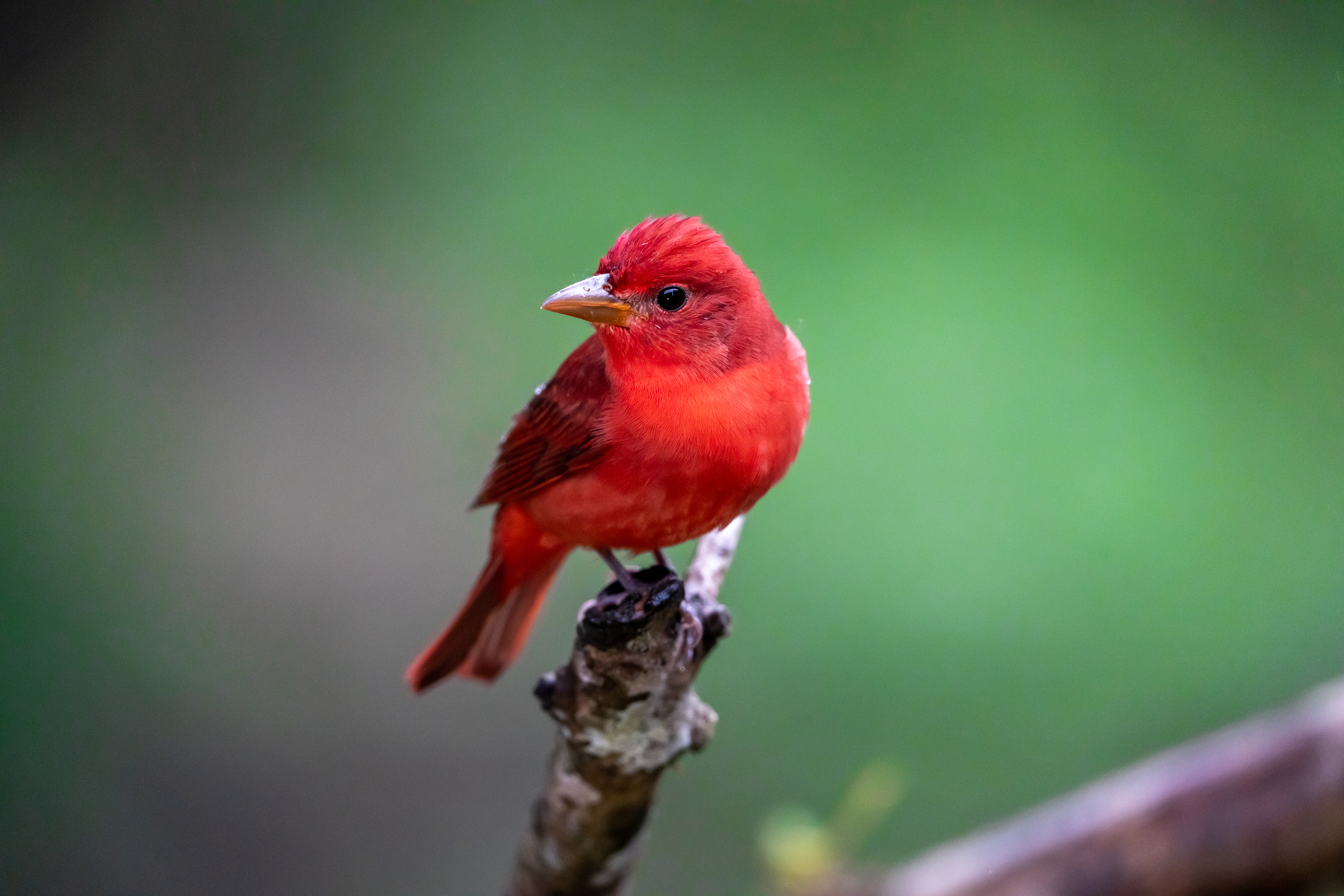

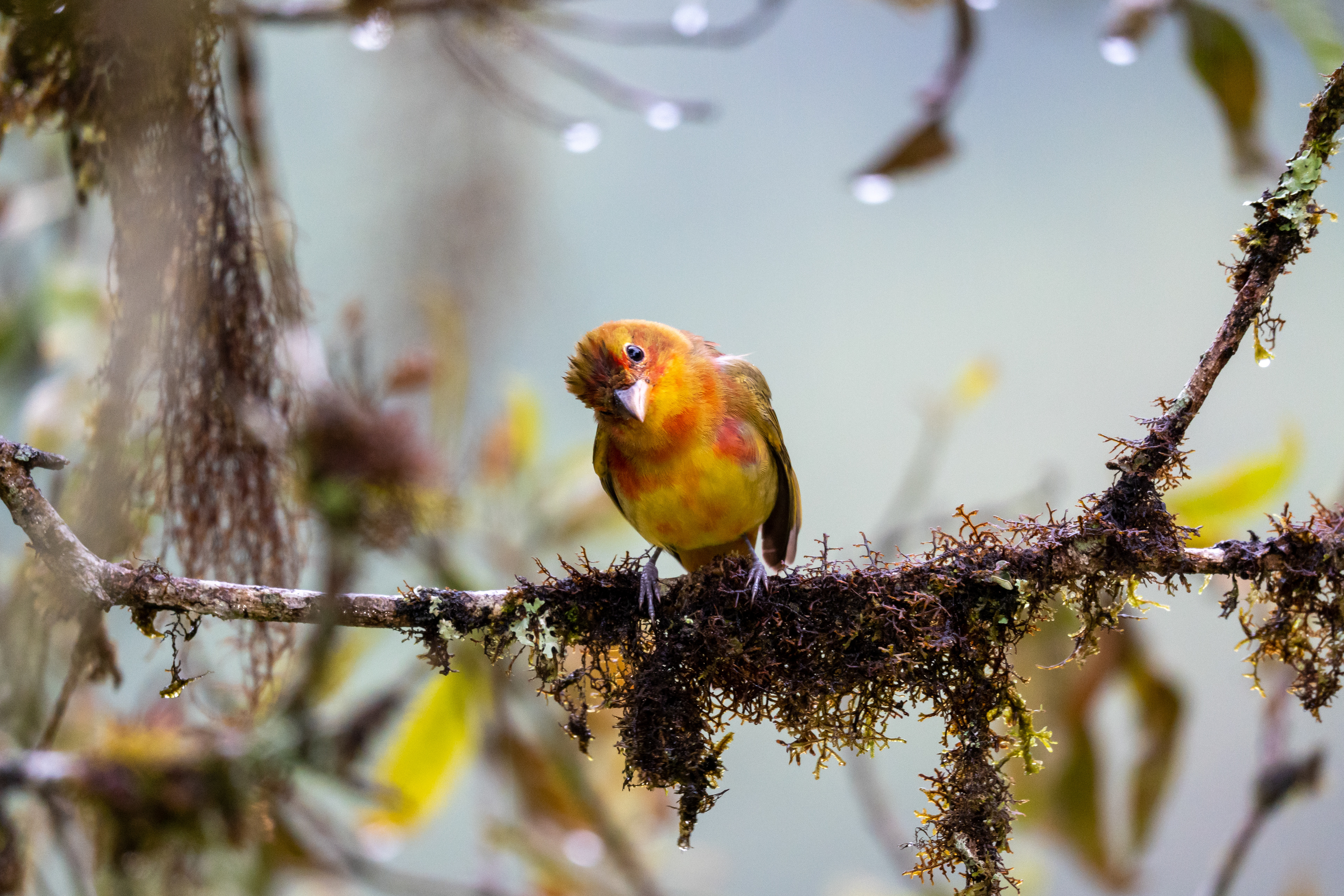
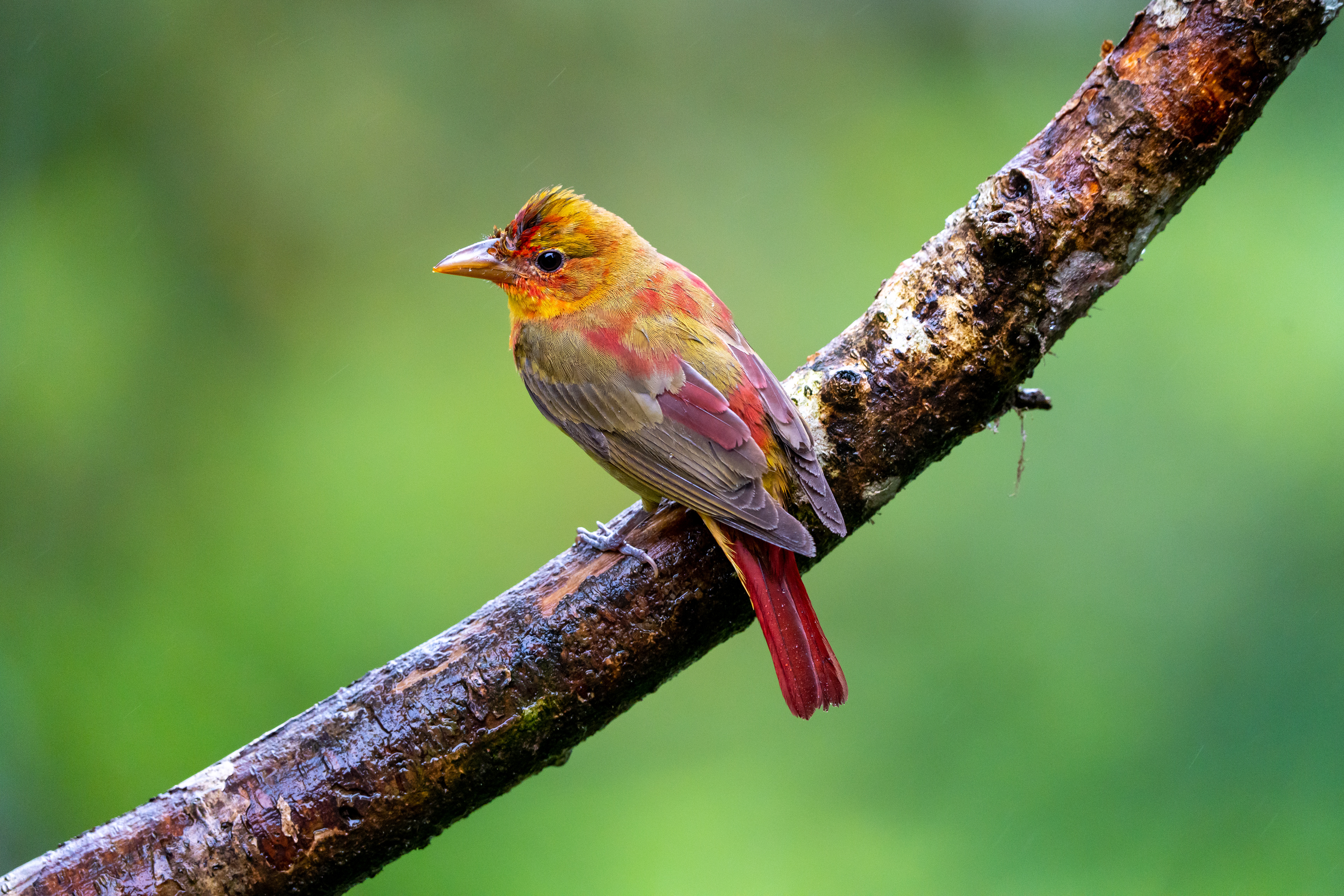
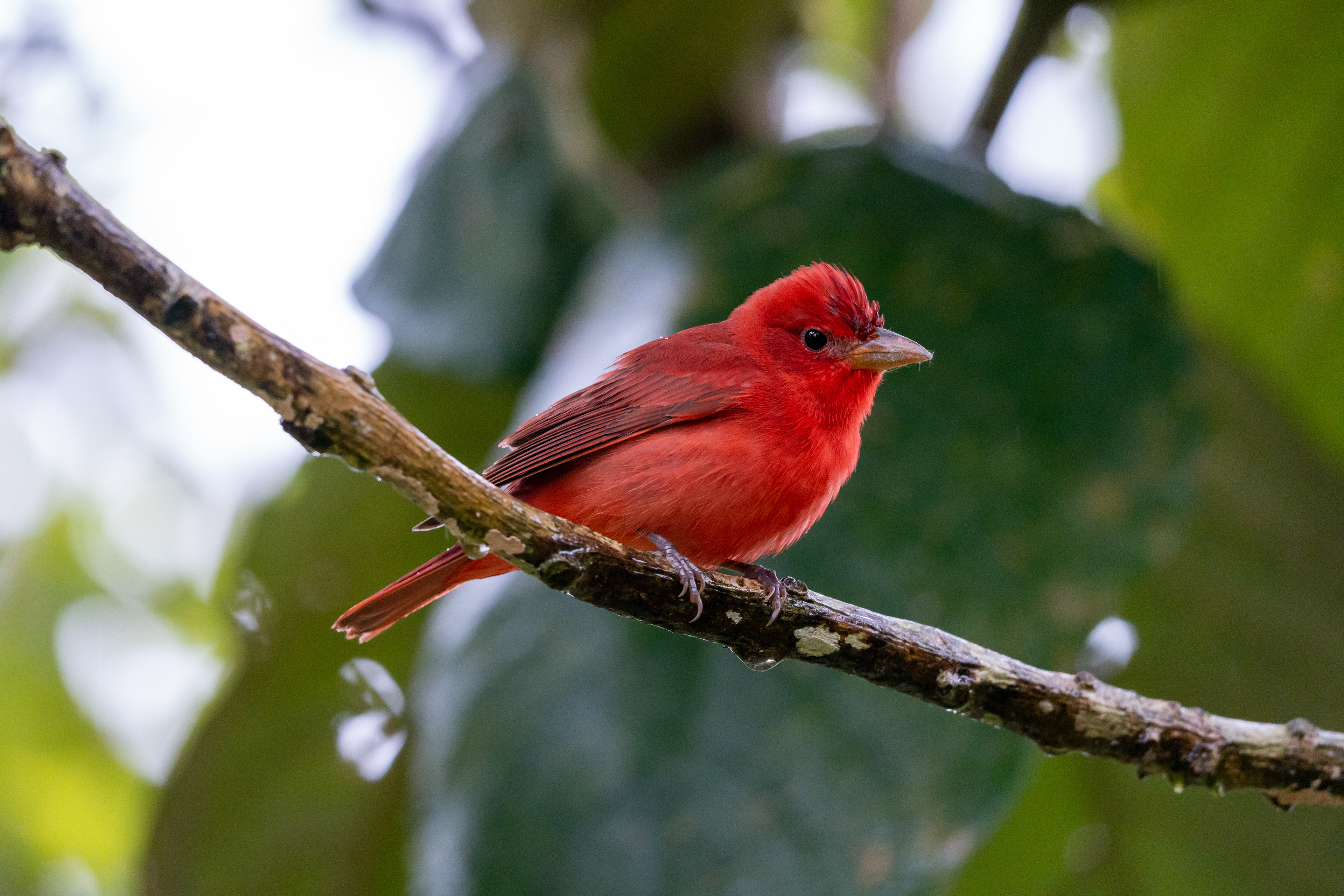
Summer Tanager
Sony A7 IV with Sony 200-600 mm. F5.6-6.3 G
Sony A7 IV with Sony 200-600 mm. F5.6-6.3 G
Masked Trogon
The Masked Trogon is a brightly colored bird, with a black head, white breast and belly, and a red back. The tail is short and rounded, and the wings are long and pointed. It's medium-sized bird, measuring up to 14 inches in length. It prefers to live in humid, lowland forests, and can often be found along rivers and streams.
The Masked Trogon is an omnivore, and its diet consists of insects, fruits, and small vertebrates such as lizards and frogs. It is a solitary bird, and tends to perch in the same spot for long periods of time. It's an important part of the rainforest ecosystem because it helps to disperse seeds, providing food for other species. It's also a popular sight for birdwatchers, offering a glimpse into the life of this colorful and interesting bird.
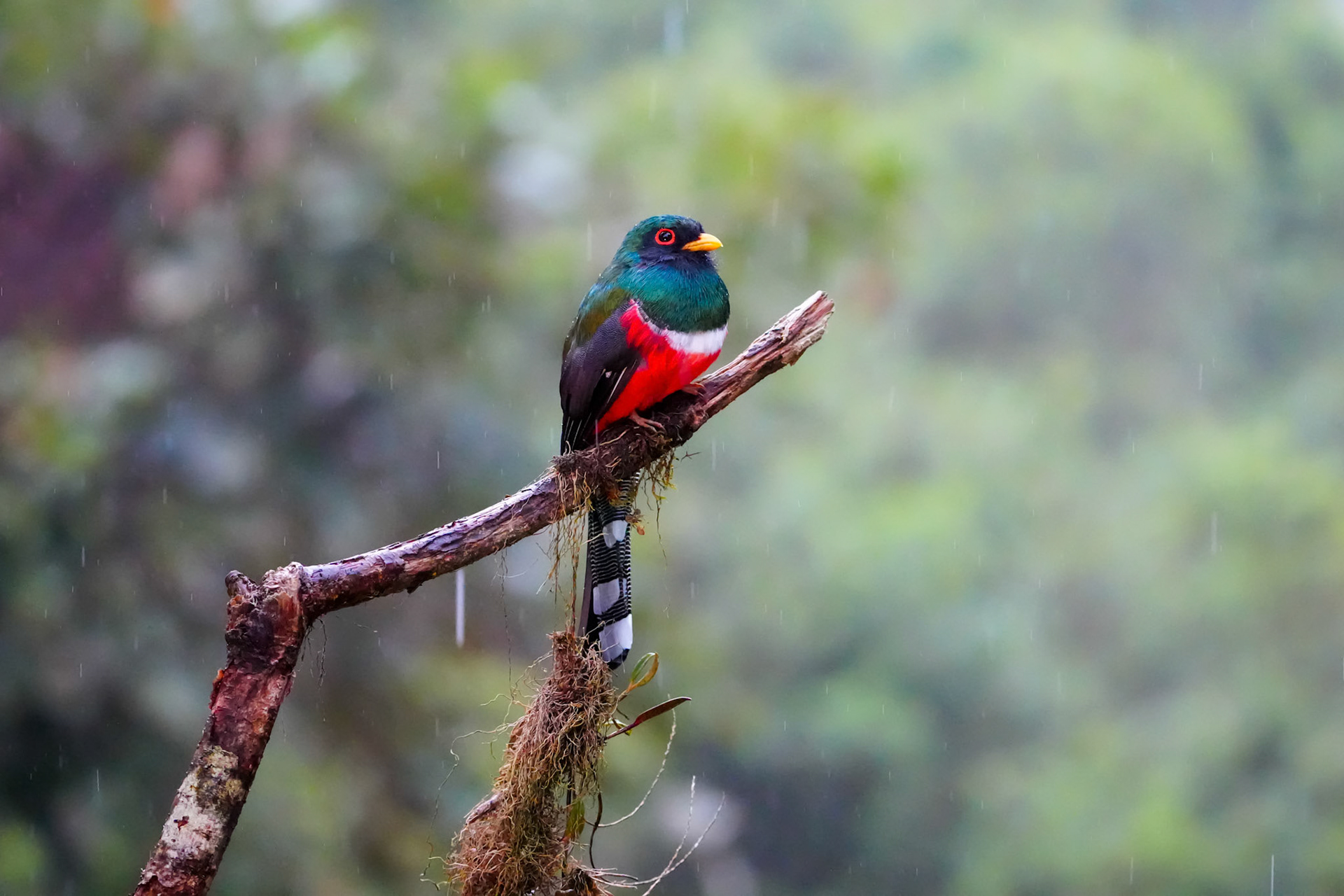
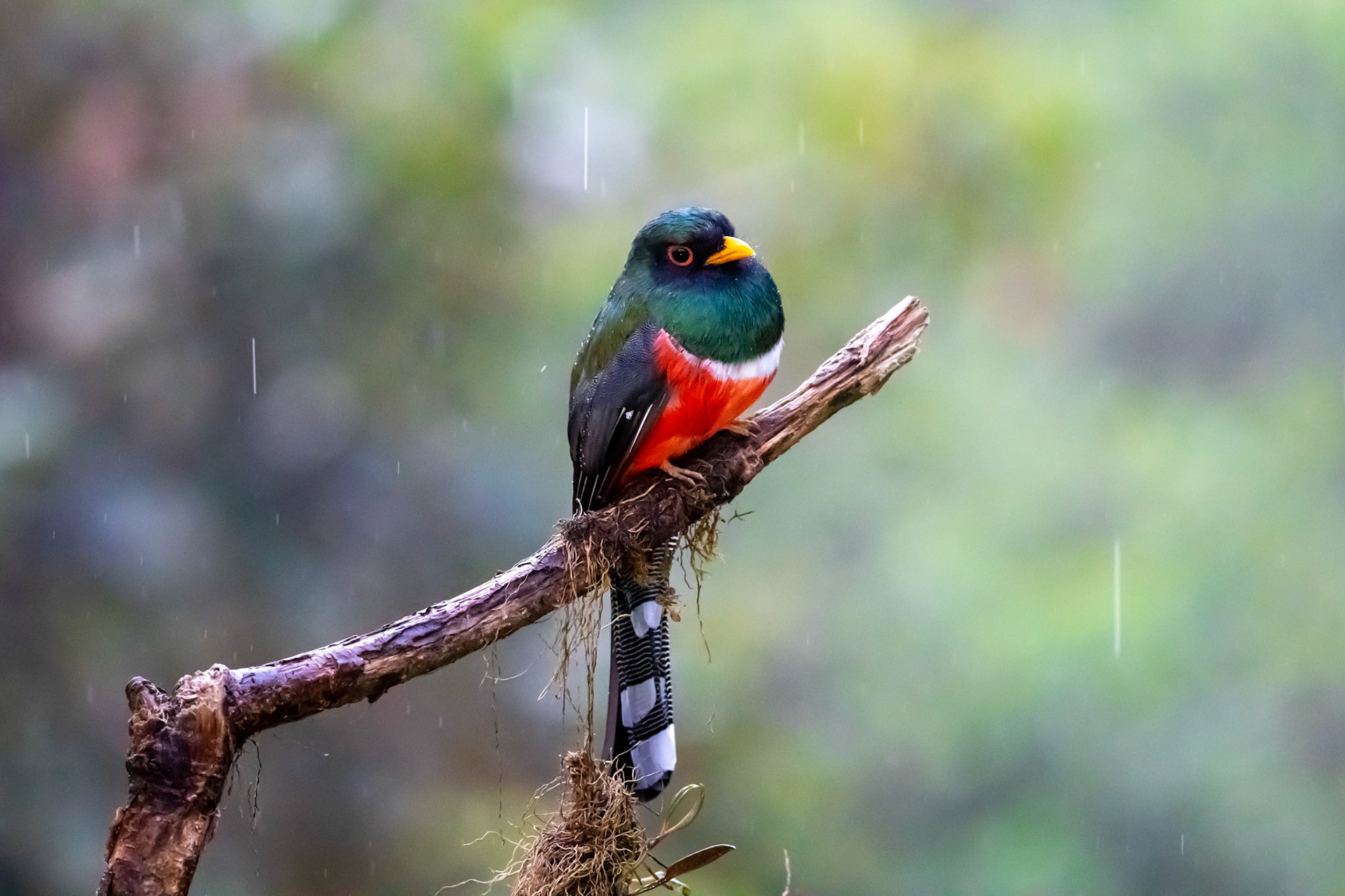
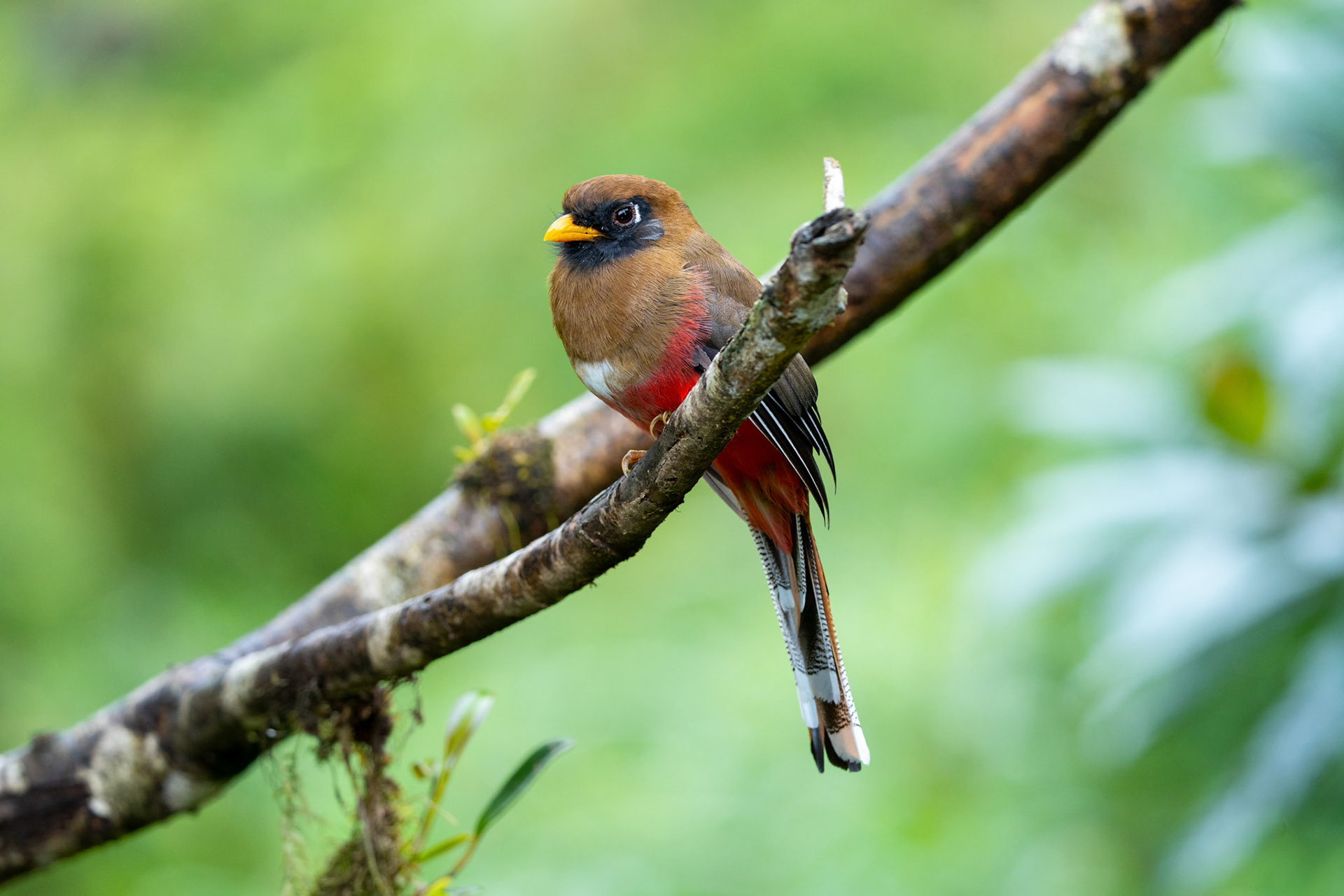
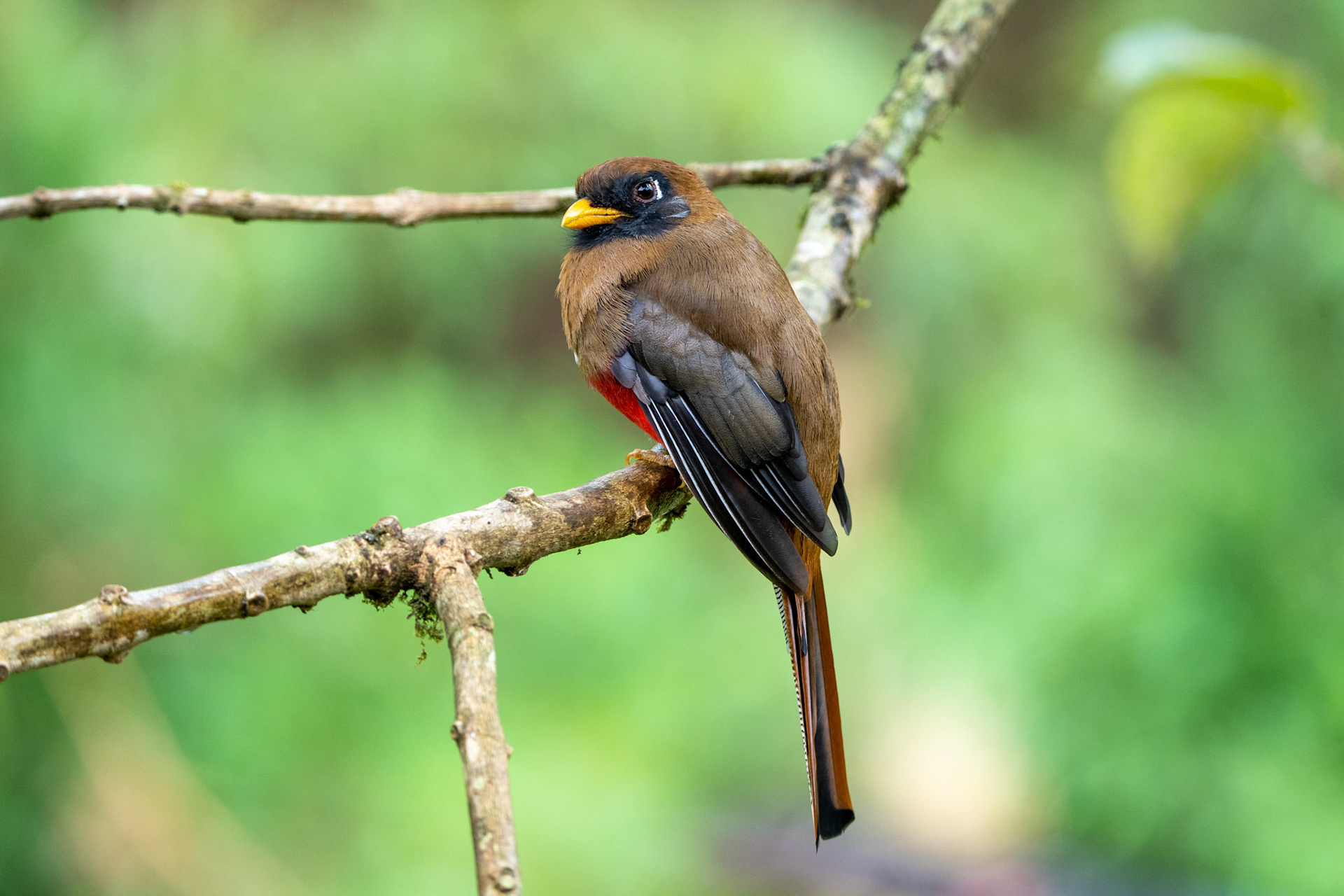
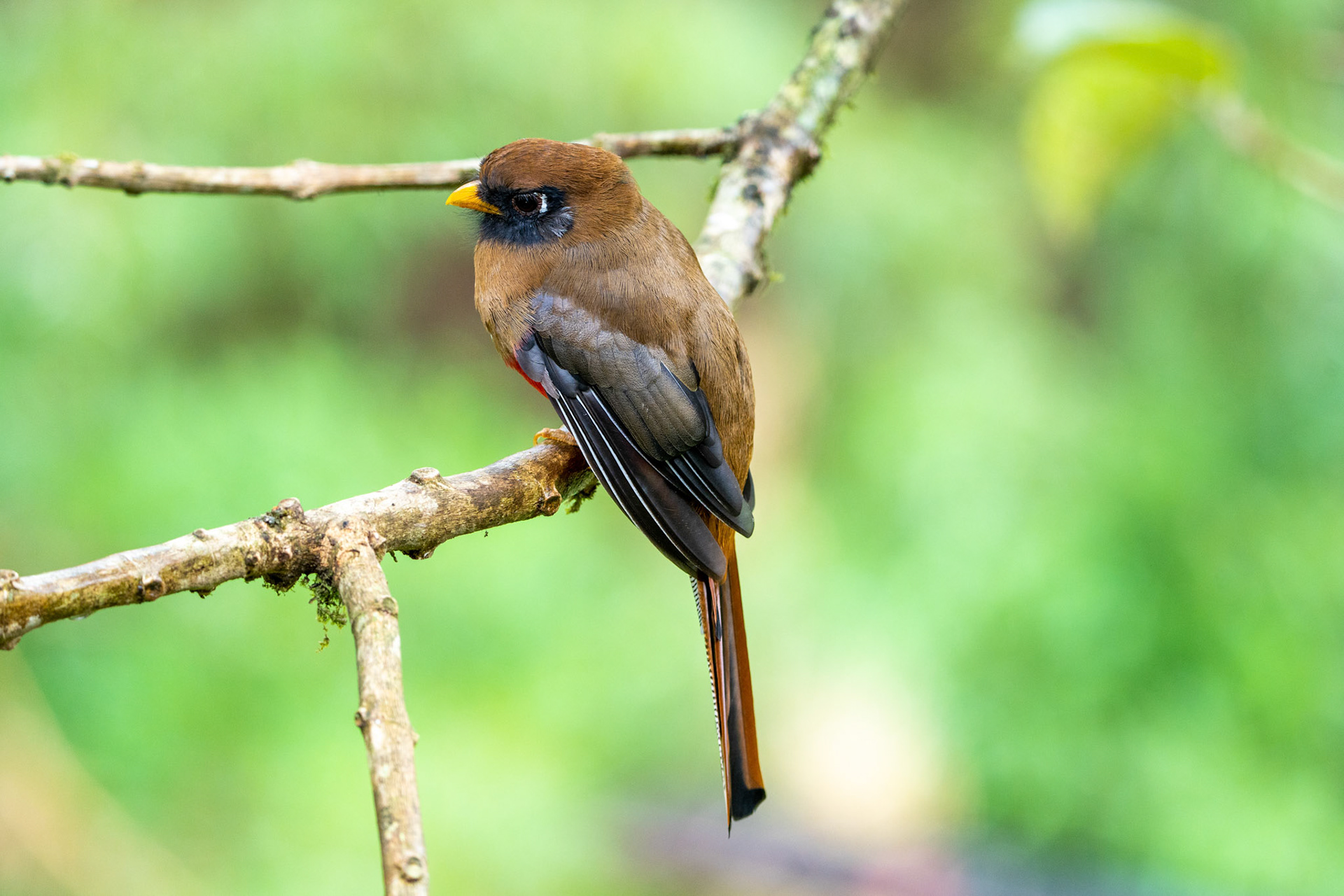
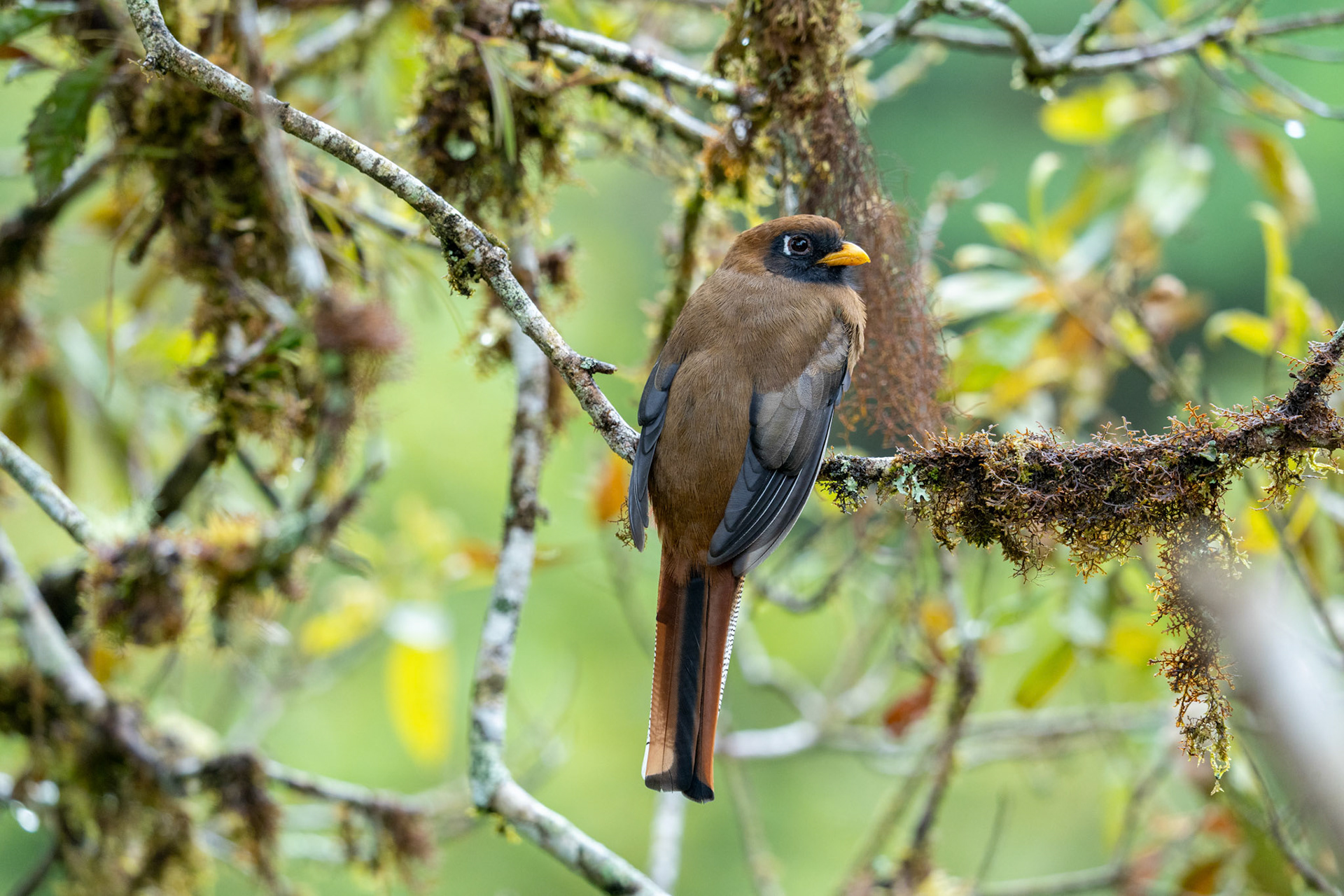
Masked Trogon
Sony A7 IV with Sony 200-600 mm. F5.6-6.3 G
Sony A7 IV with Sony 200-600 mm. F5.6-6.3 G
Montane Woodcreeper
The montane woodcreeper (Lepidocolaptes lacrymiger) is a species of bird found in the Andes Mountains of South America. It is a small passerine bird, measuring between 4.7 and 6.3 inches in length, with a long, curved bill and long legs. Males are generally darker than females, both having brown upperparts with a white throat and belly.
The montane woodcreeper is a solitary bird, living mainly in the upper canopy of humid montane forests. Its diet consists mainly of insects and spiders, which it finds by probing crevices and crevices in tree bark. It is an opportunistic feeder, also taking advantage of fruit and seeds when available.
The montane woodcreeper is a monogamous species that pairs for life. The male builds a cup-shaped nest in a tree cavity, which the female lines with feathers. The pair will typically lay 2-3 eggs, which are incubated for 14-16 days. The young are fed by both parents and fledge after 16-20 days

Montane Woodcreeper
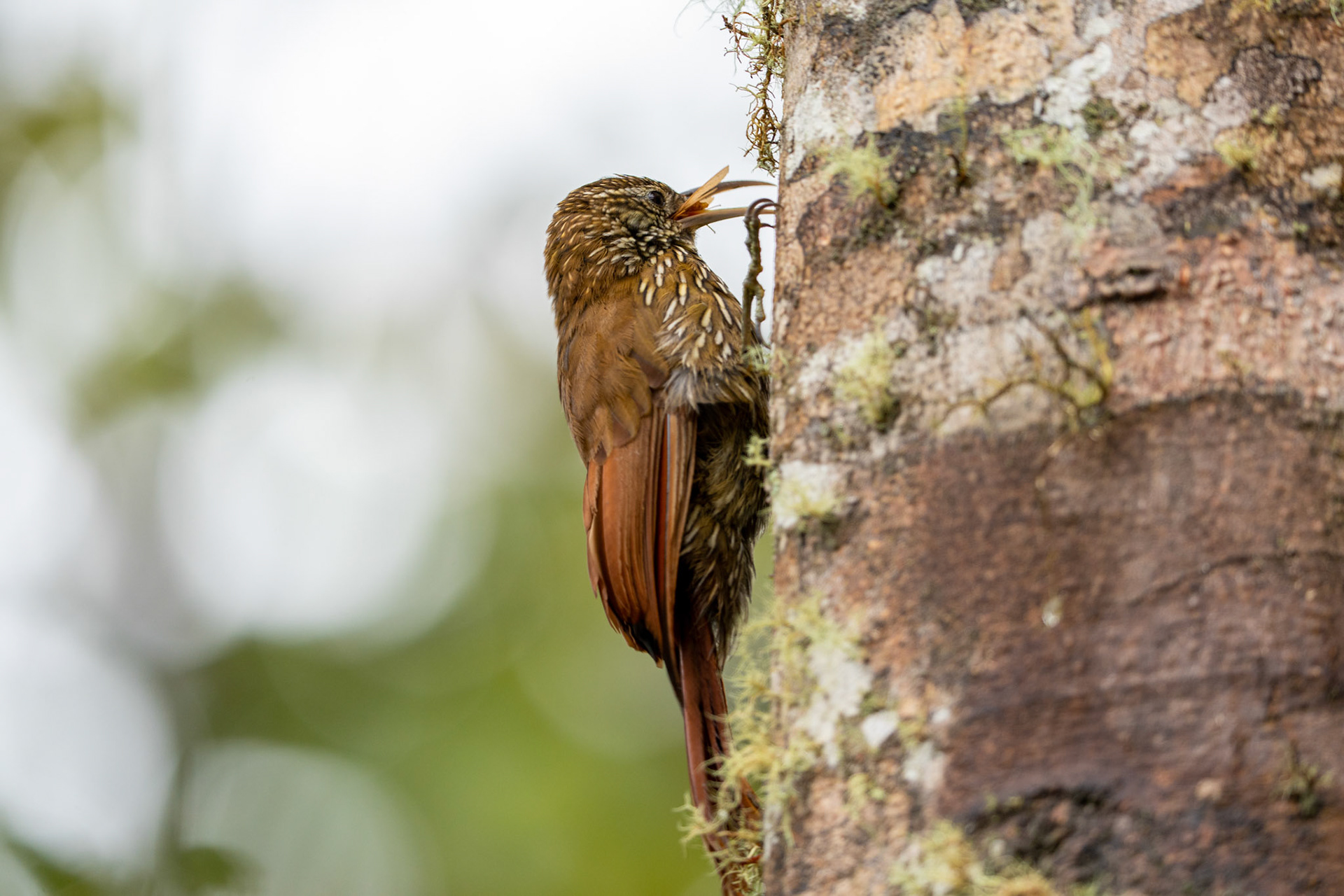
Montane Woodcreeper
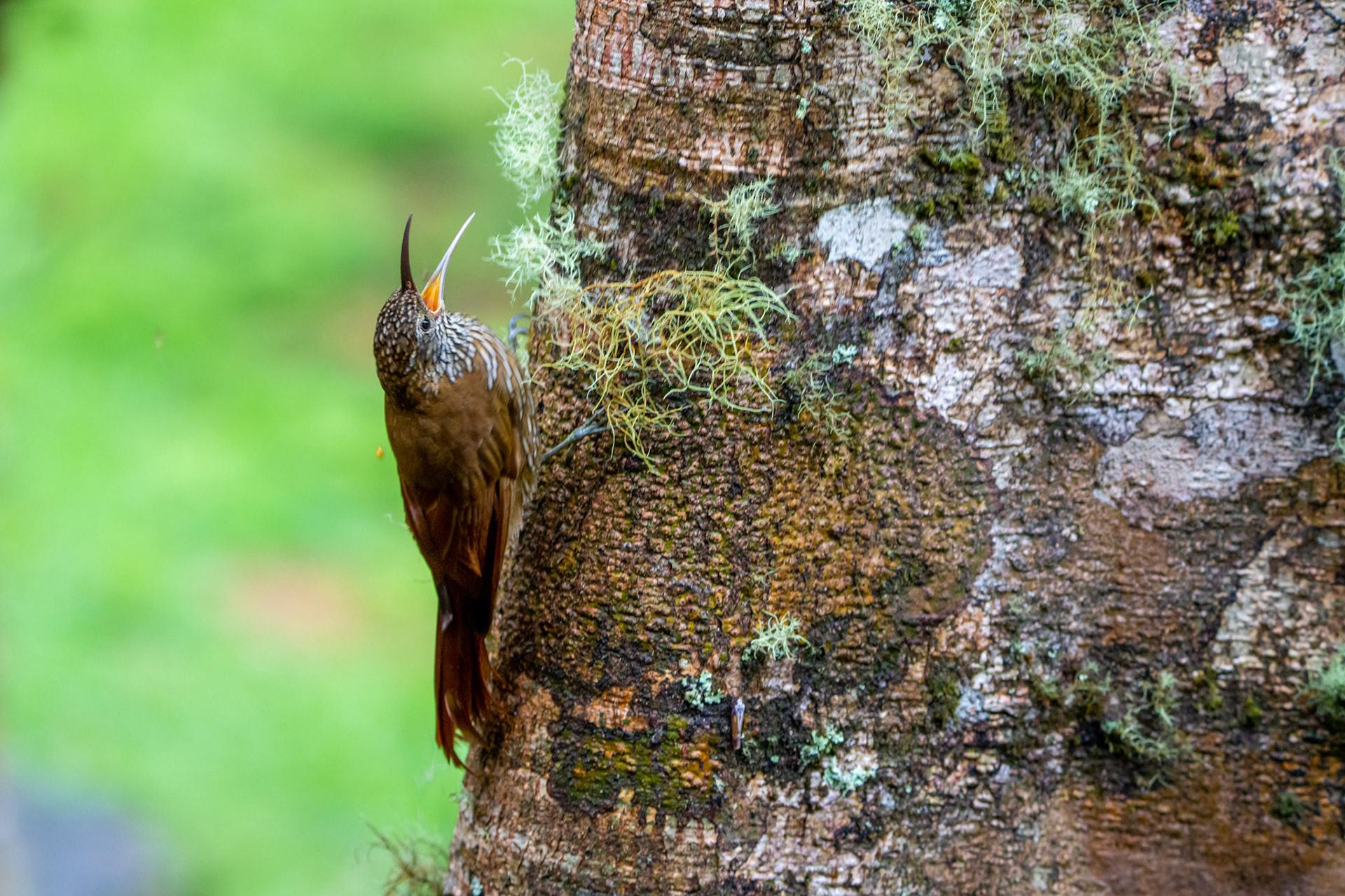
Montane Woodcreeper
Montane Woodcreeper
Sony A7 IV with Sony 200-600 mm. F5.6-6.3 G
Sony A7 IV with Sony 200-600 mm. F5.6-6.3 G
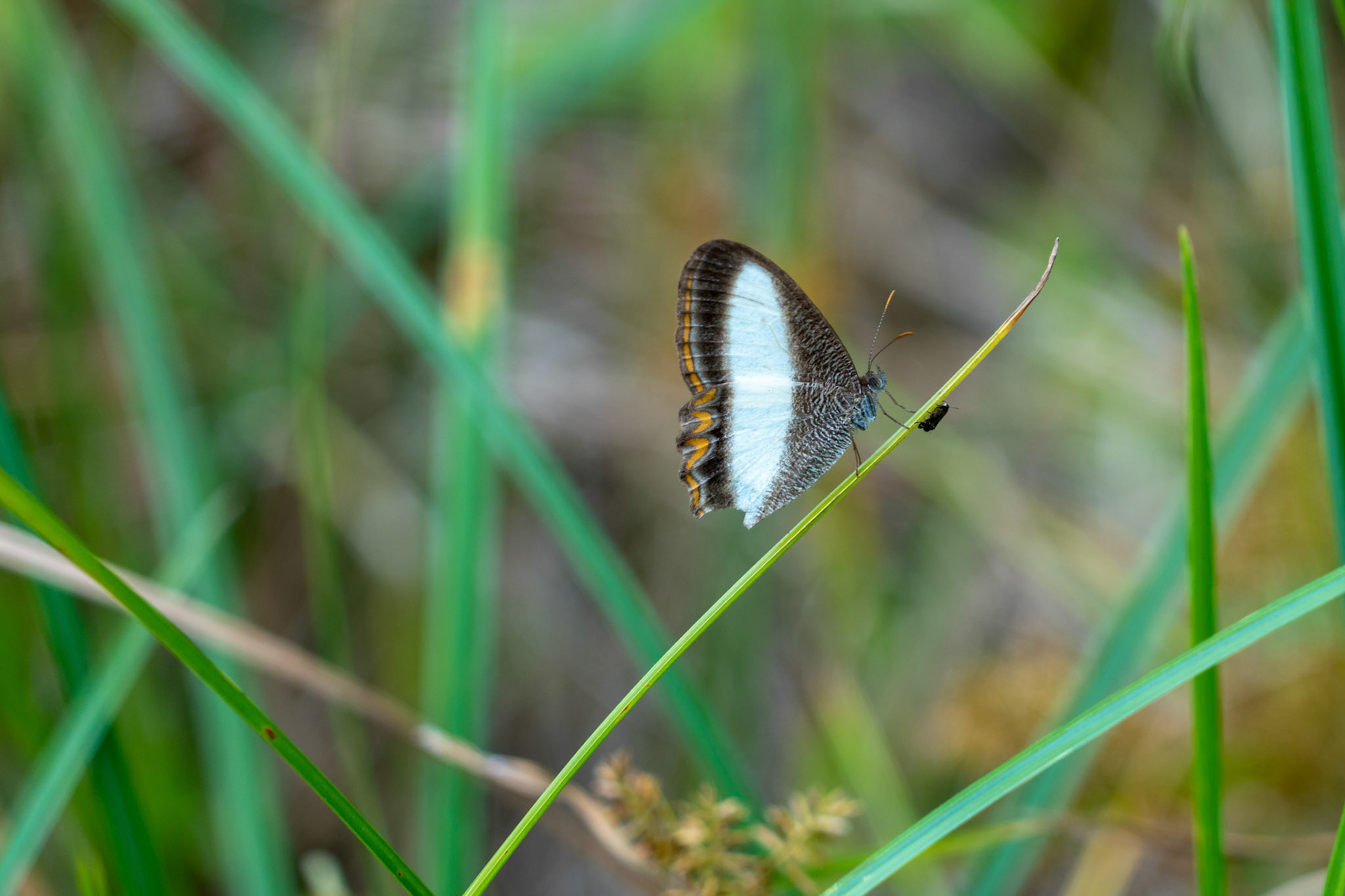
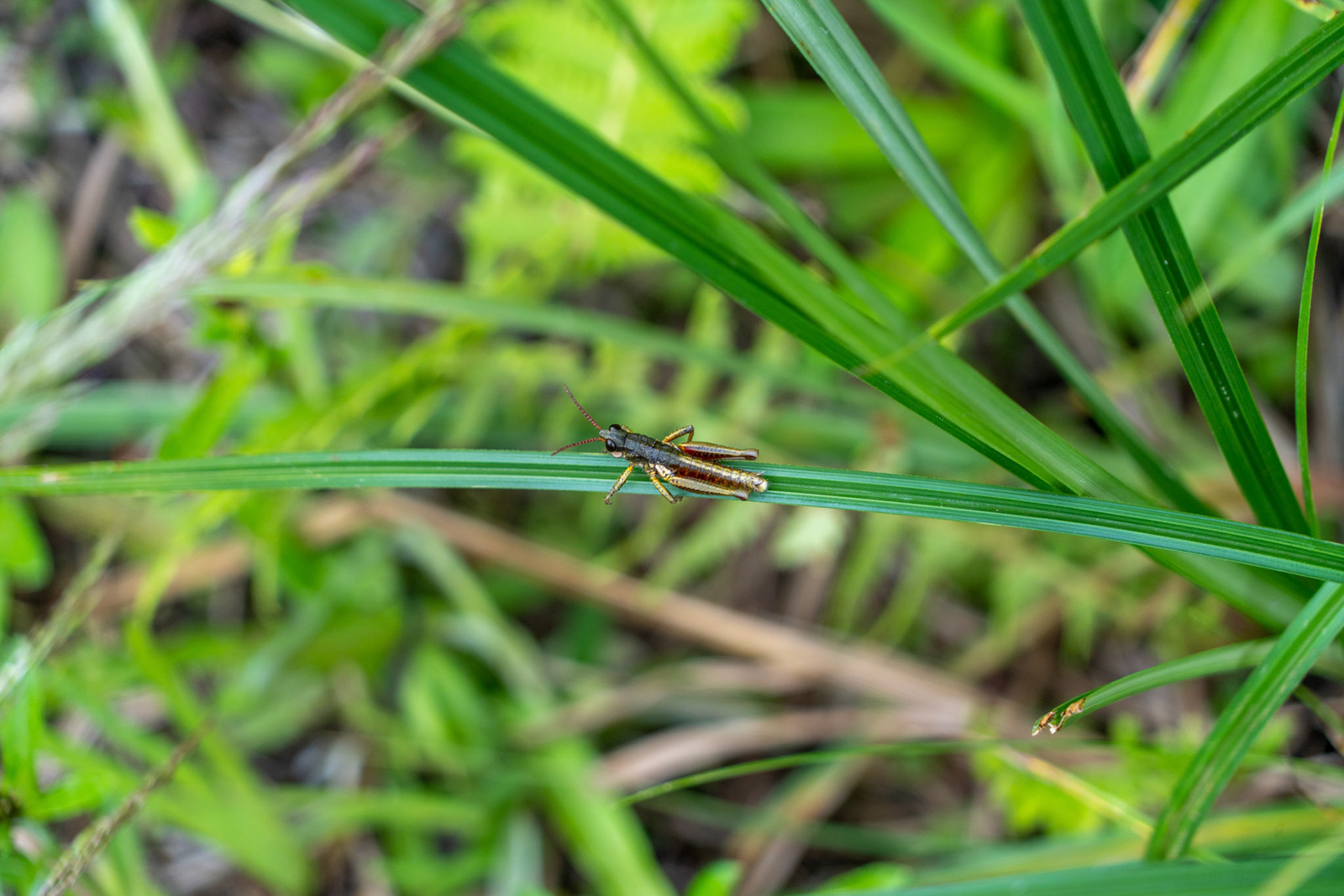
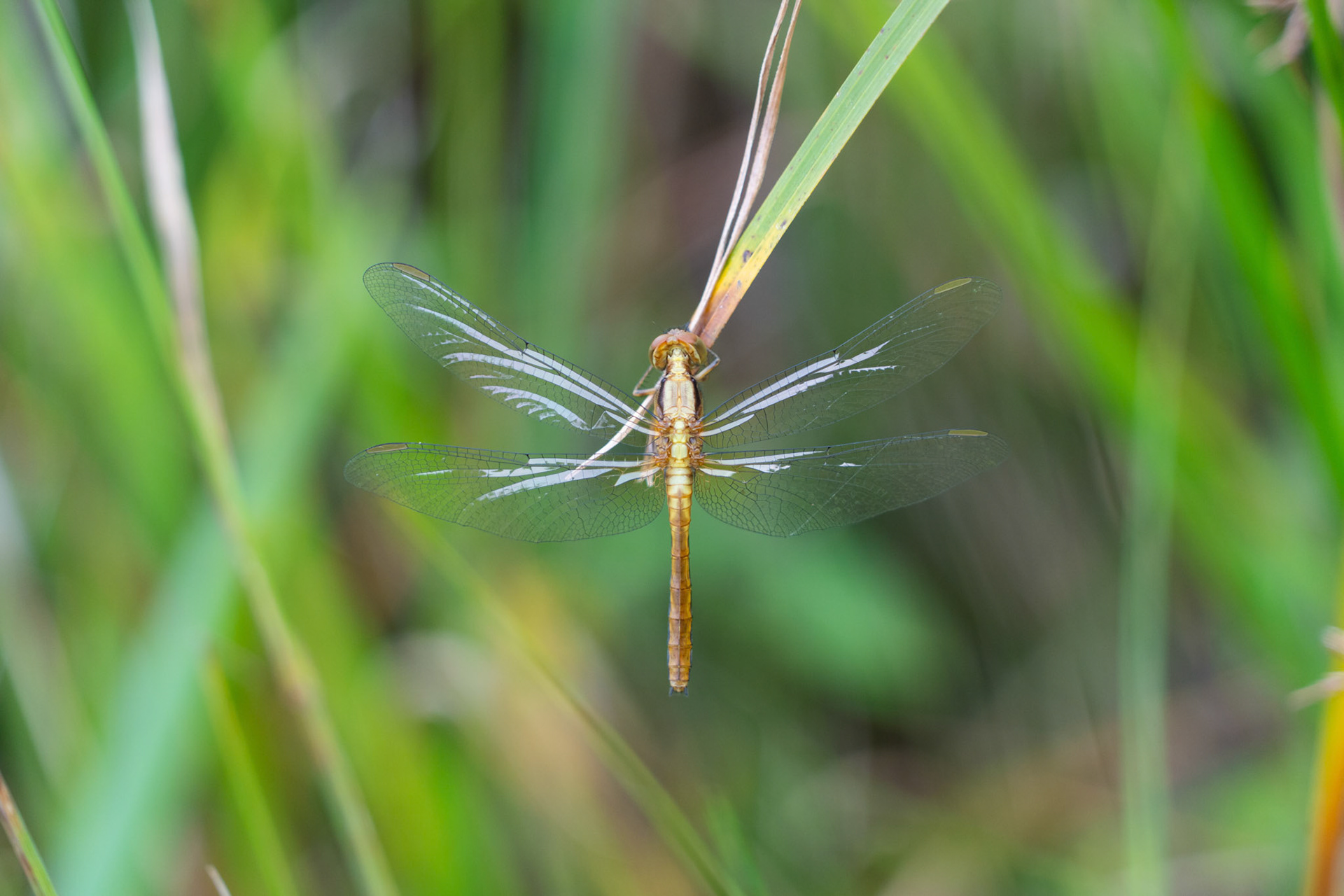
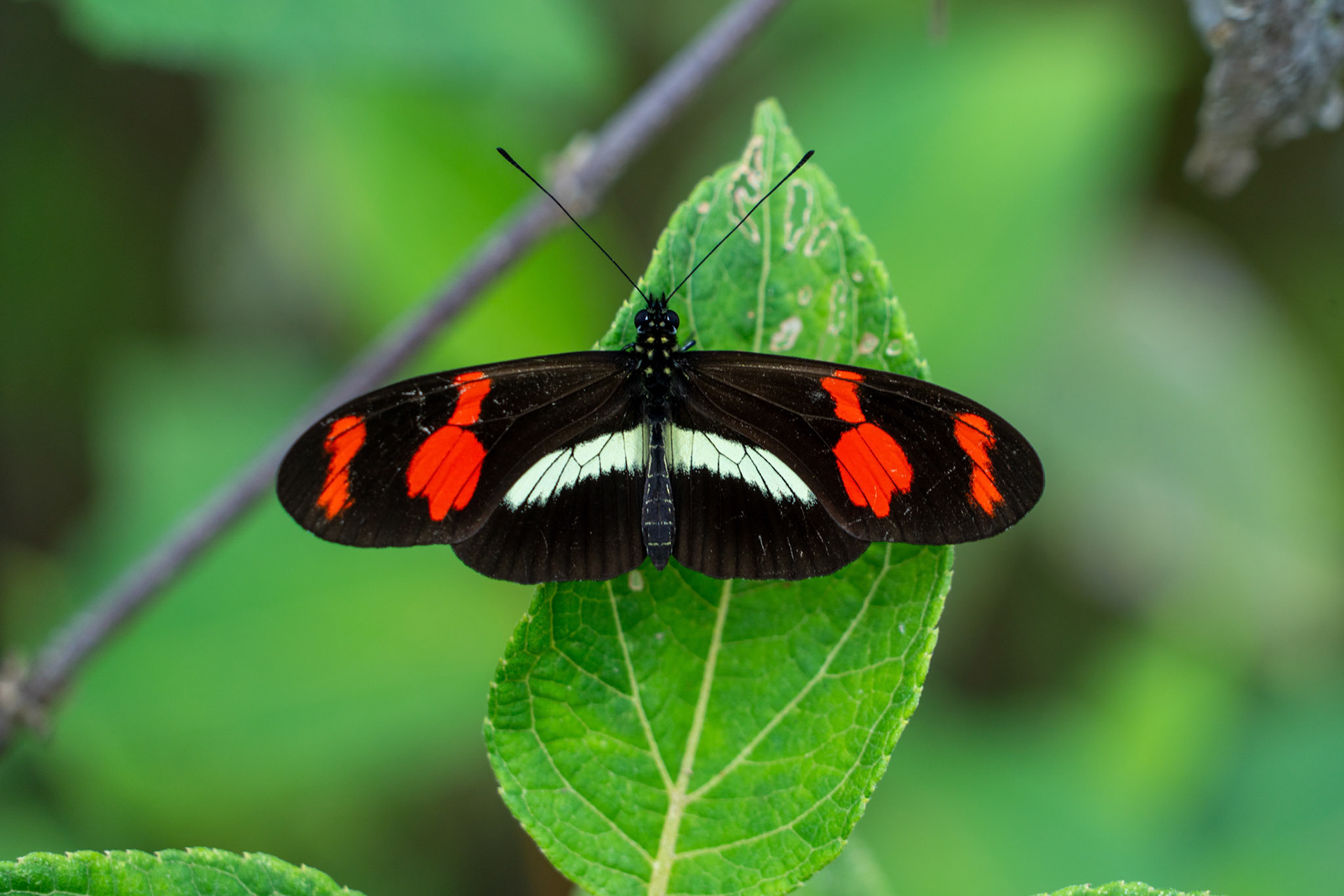
Insects
Sony A7 IV with Sony 24-240 mm. F3.5-6.3
Sony A7 IV with Sony 24-240 mm. F3.5-6.3

